Cuba IV Trinidad
Trinidad is considered to be the second best city to visit in Cuba because of his cultural inheritance.
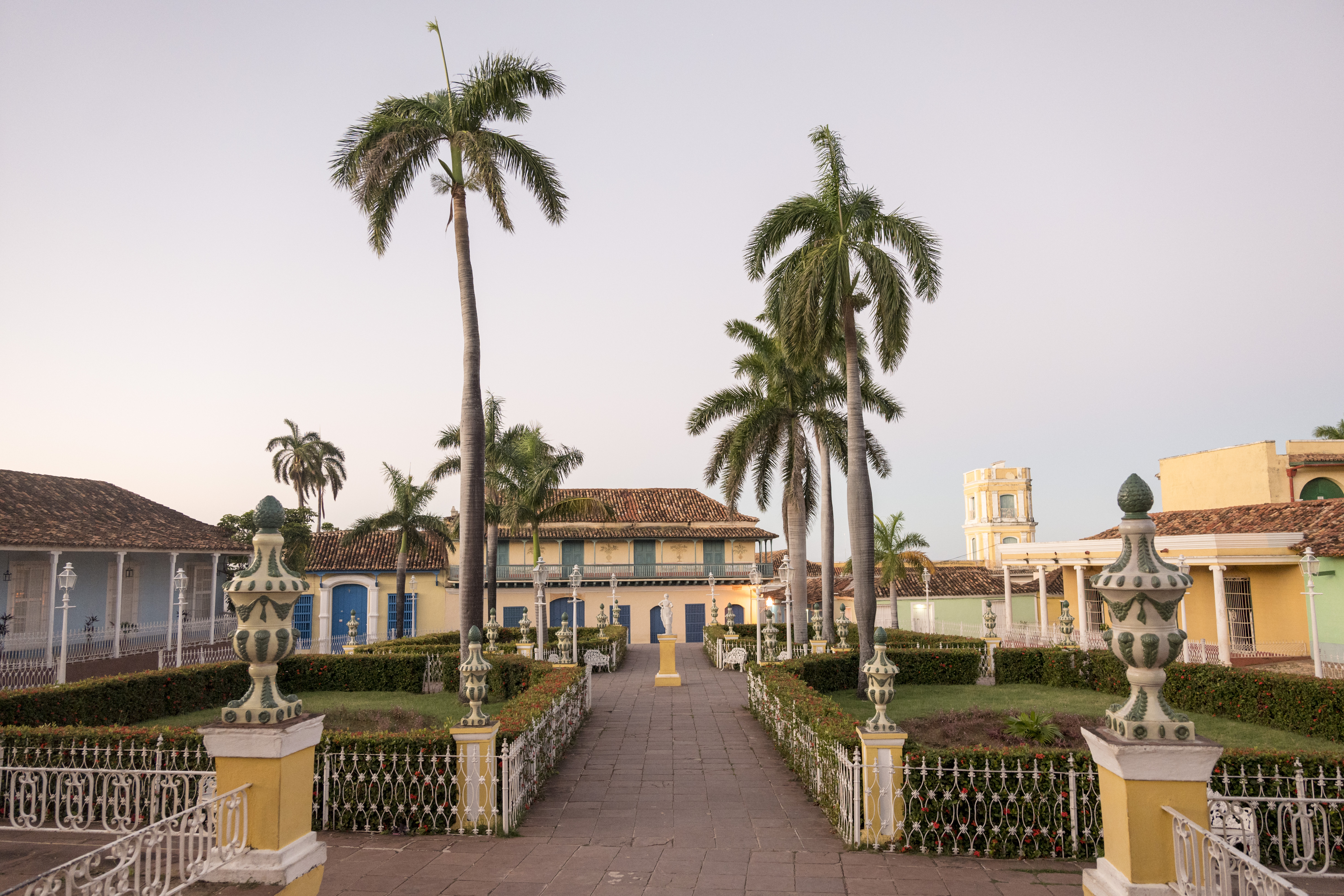 Being a Unesco World Heritage Site, here is what they say about Trinidad:
Being a Unesco World Heritage Site, here is what they say about Trinidad:
“Trinidad’s urban ensemble of domestic buildings has an exceptional typological continuity and homogeneity in terms of construction and design, in a vernacular fashion nuanced by small- to medium-sized lots, in which early 18th century buildings strongly marked by Andalusian and Moorish influences blend harmoniously with more elaborate 19th-century models that splendidly mix European neoclassical forms, superimposed on traditional spatial patterns. The heart of the 37-ha historic centre is Plaza Mayor, on which, overlooked by the campanile of the Convento de San Francisco, stand two noteworthy edifices: the Palacio Brunet, which provides the most authentic picture of the golden age of the city; and the neoclassical-style Palacio Cantero. In addition to its architecture, much of Trinidad’s urban fabric, including the irregular system of squares and plazas, cobblestone streets and other historical and urban elements, has been preserved.”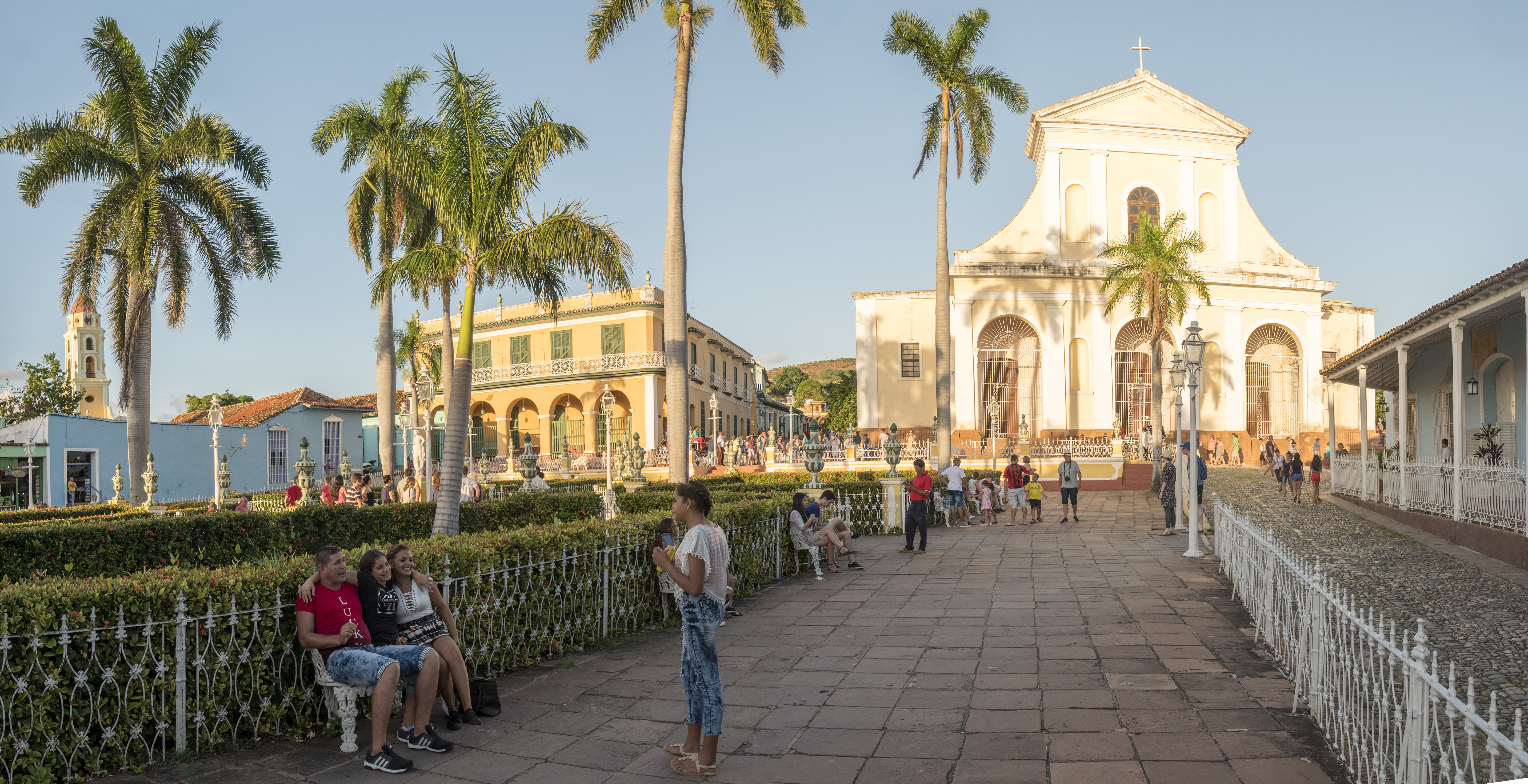
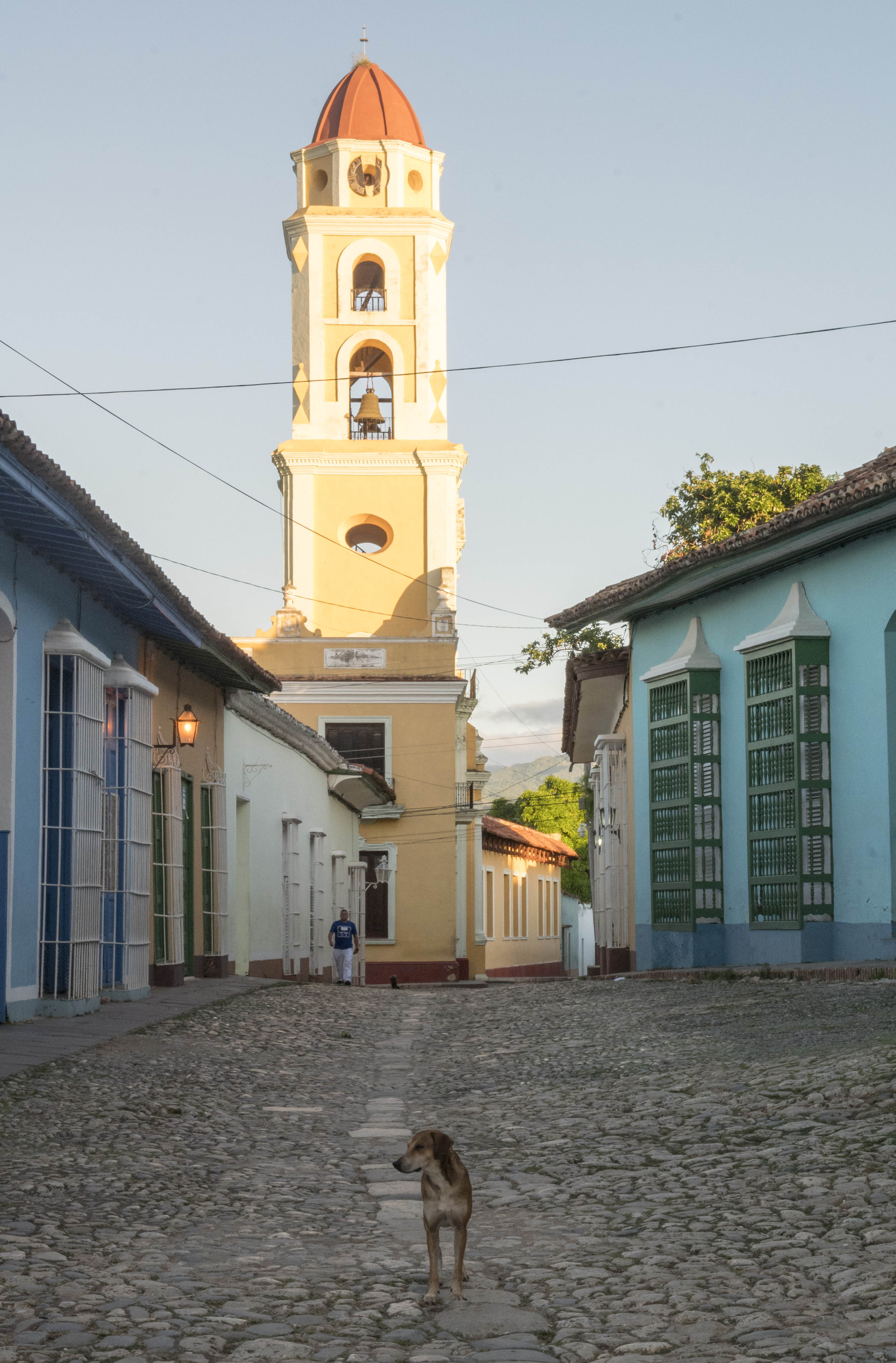
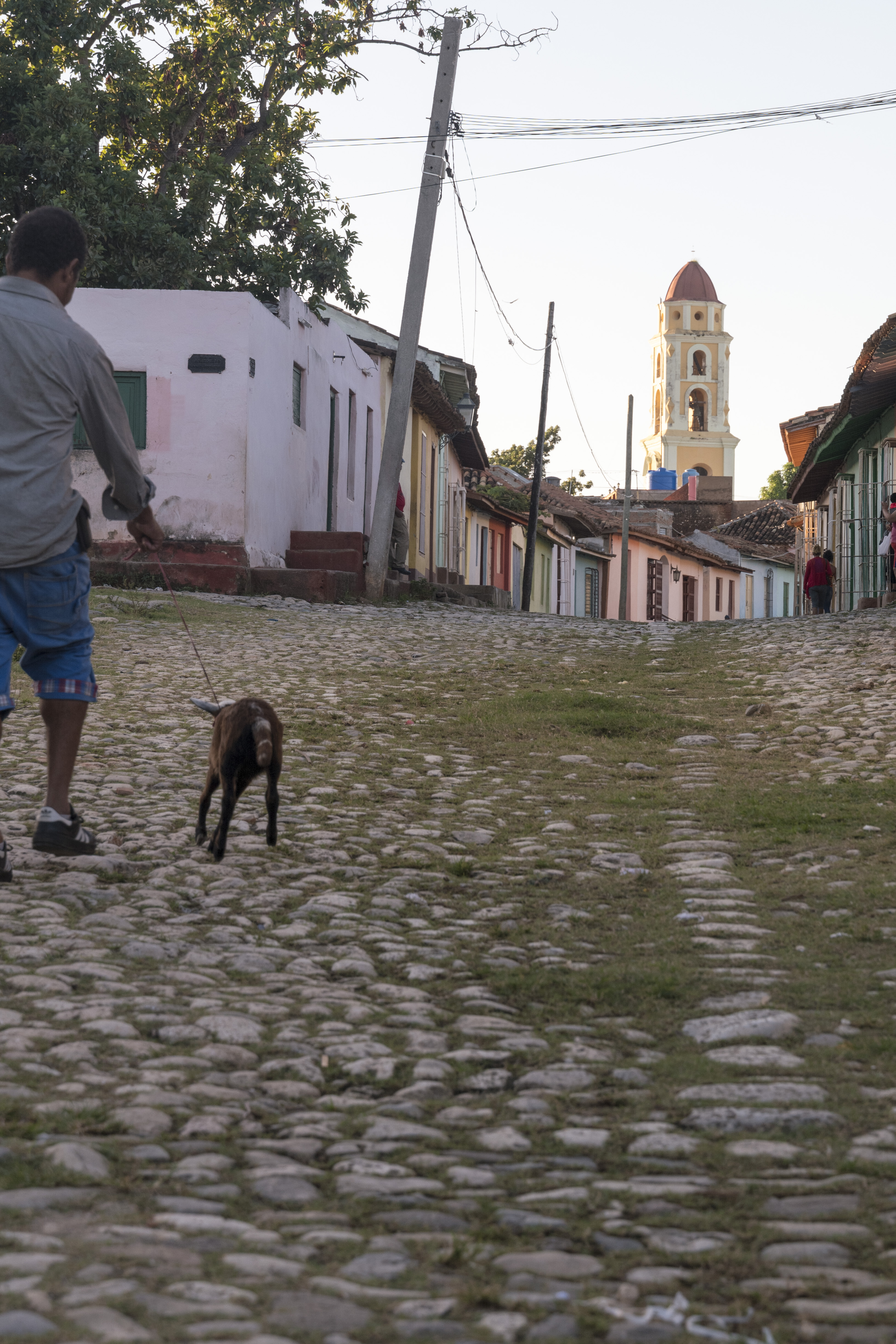
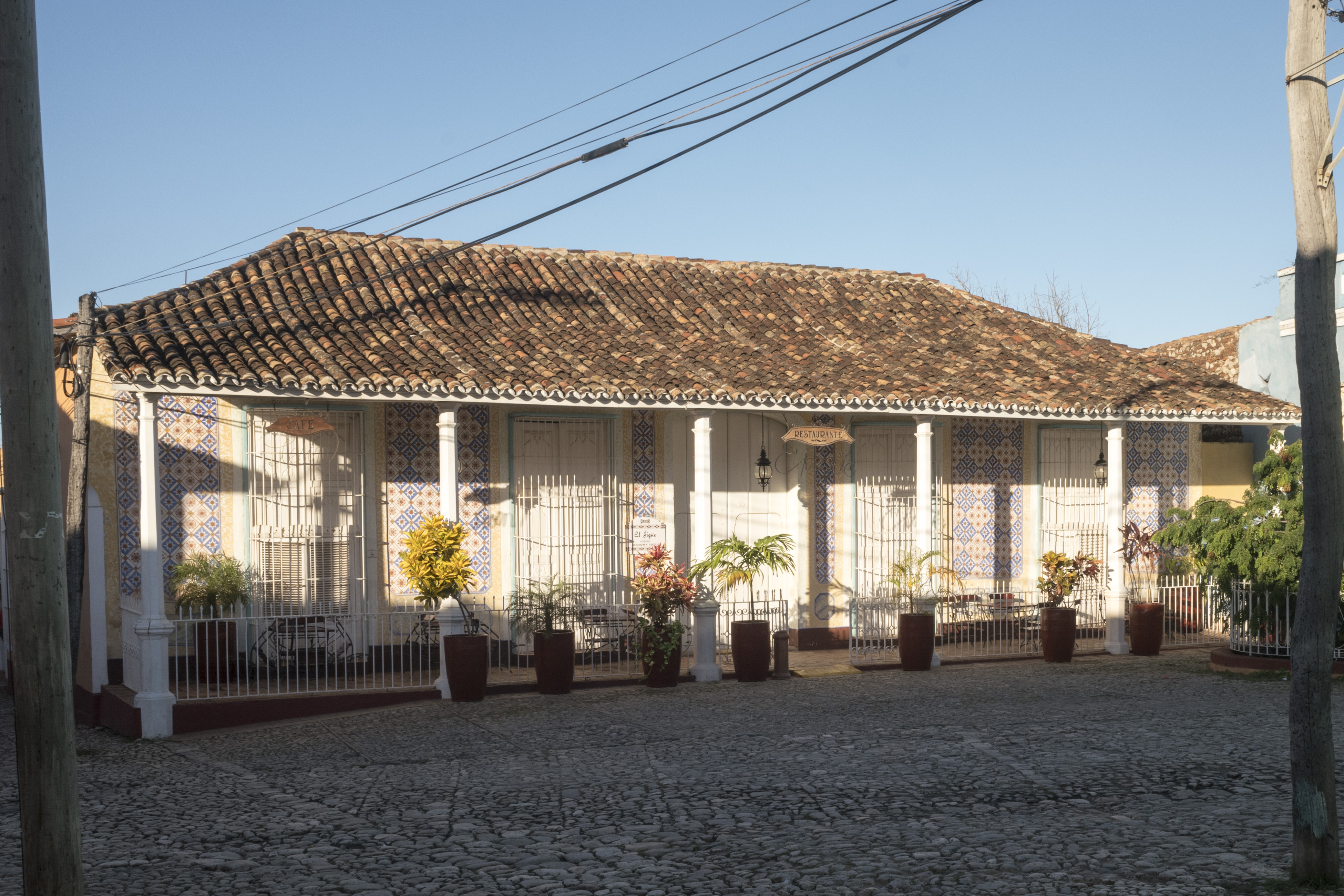
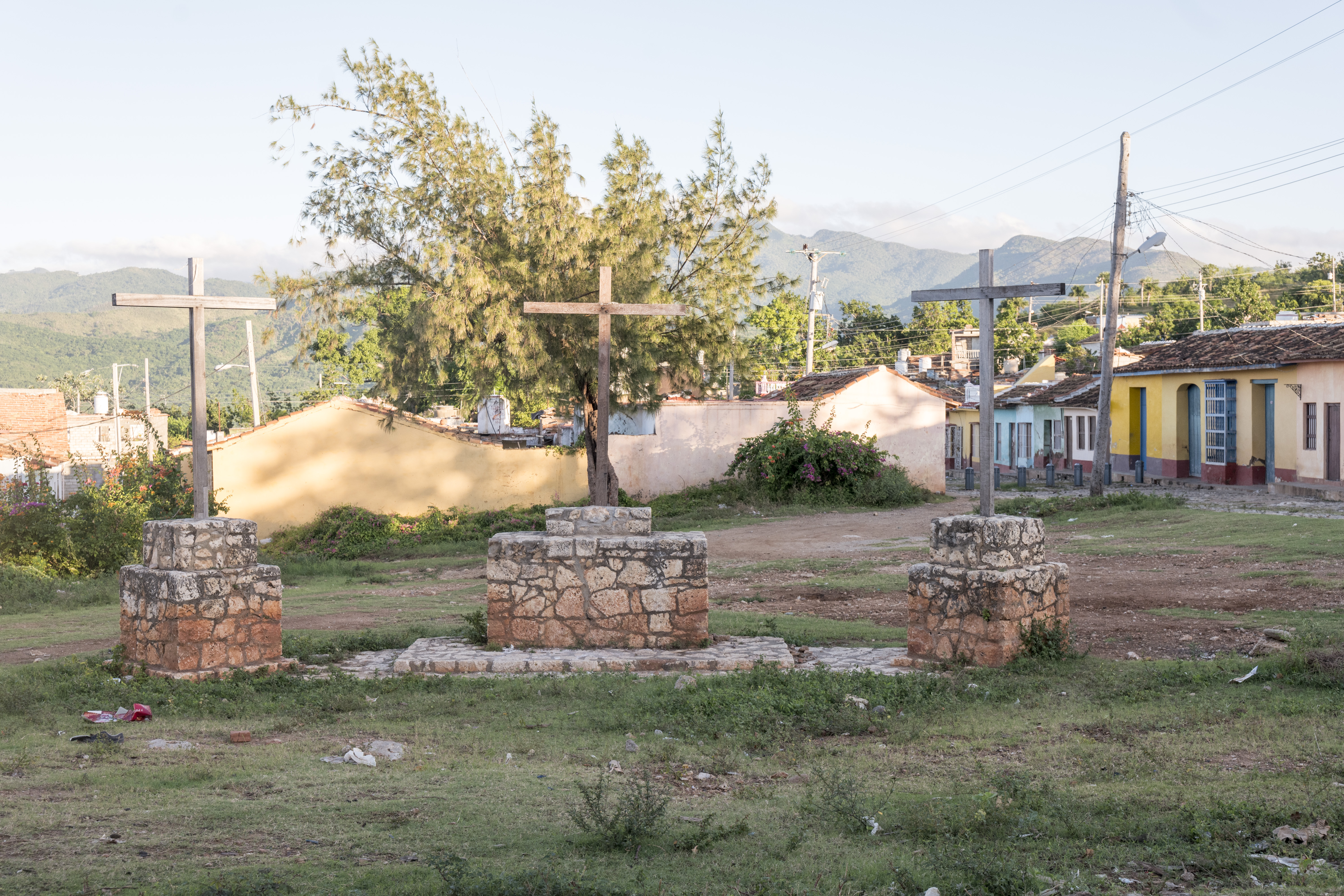 The “Plaza de Tres Cruces”, or previously called Calvario, is located in an old part of the town. It has been a center of religious processions for centuries and the crosses were erected in 1826. Today it is an excellent spot to watch the regular city life. I took a lot of pictures around this area.
The “Plaza de Tres Cruces”, or previously called Calvario, is located in an old part of the town. It has been a center of religious processions for centuries and the crosses were erected in 1826. Today it is an excellent spot to watch the regular city life. I took a lot of pictures around this area. 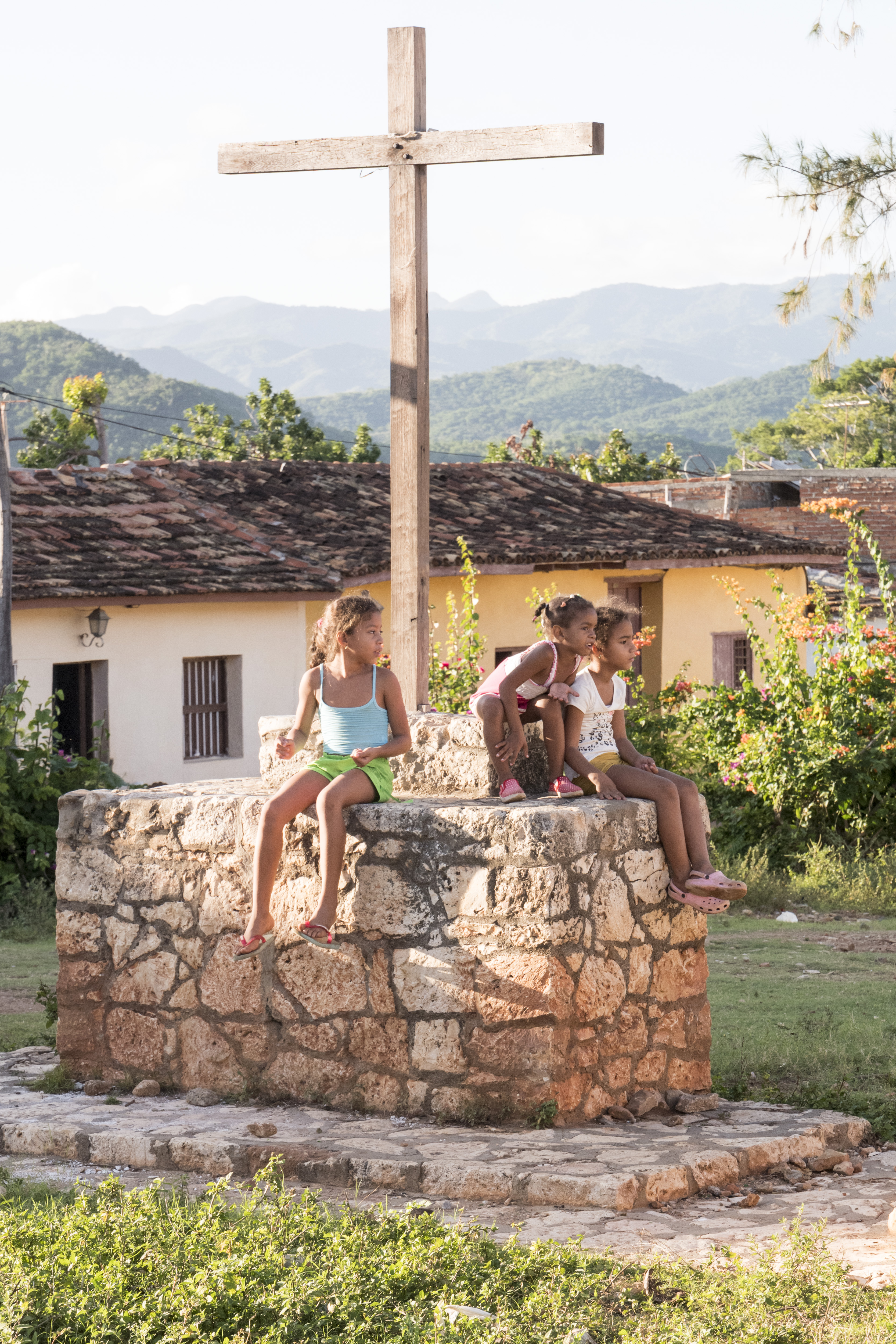
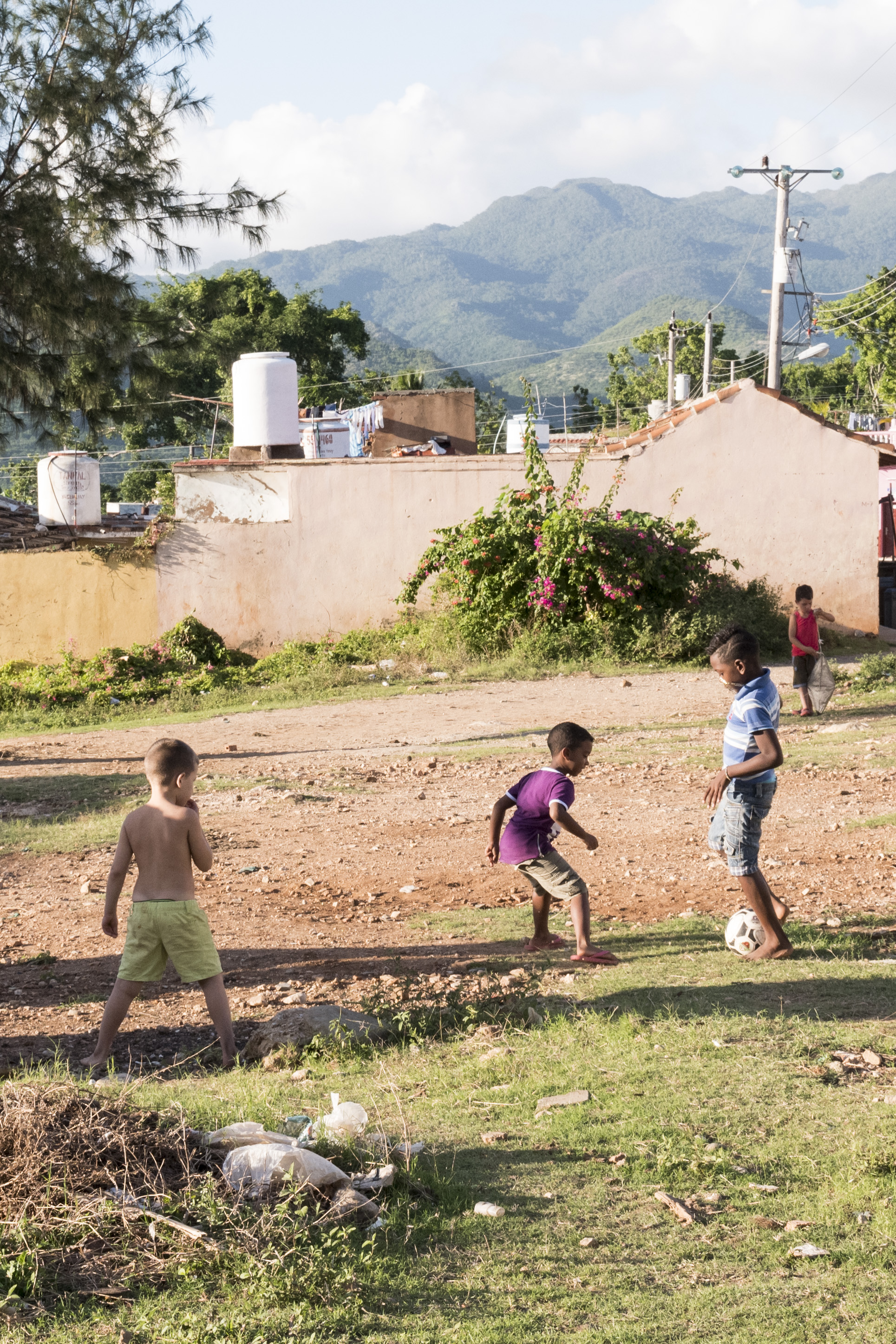
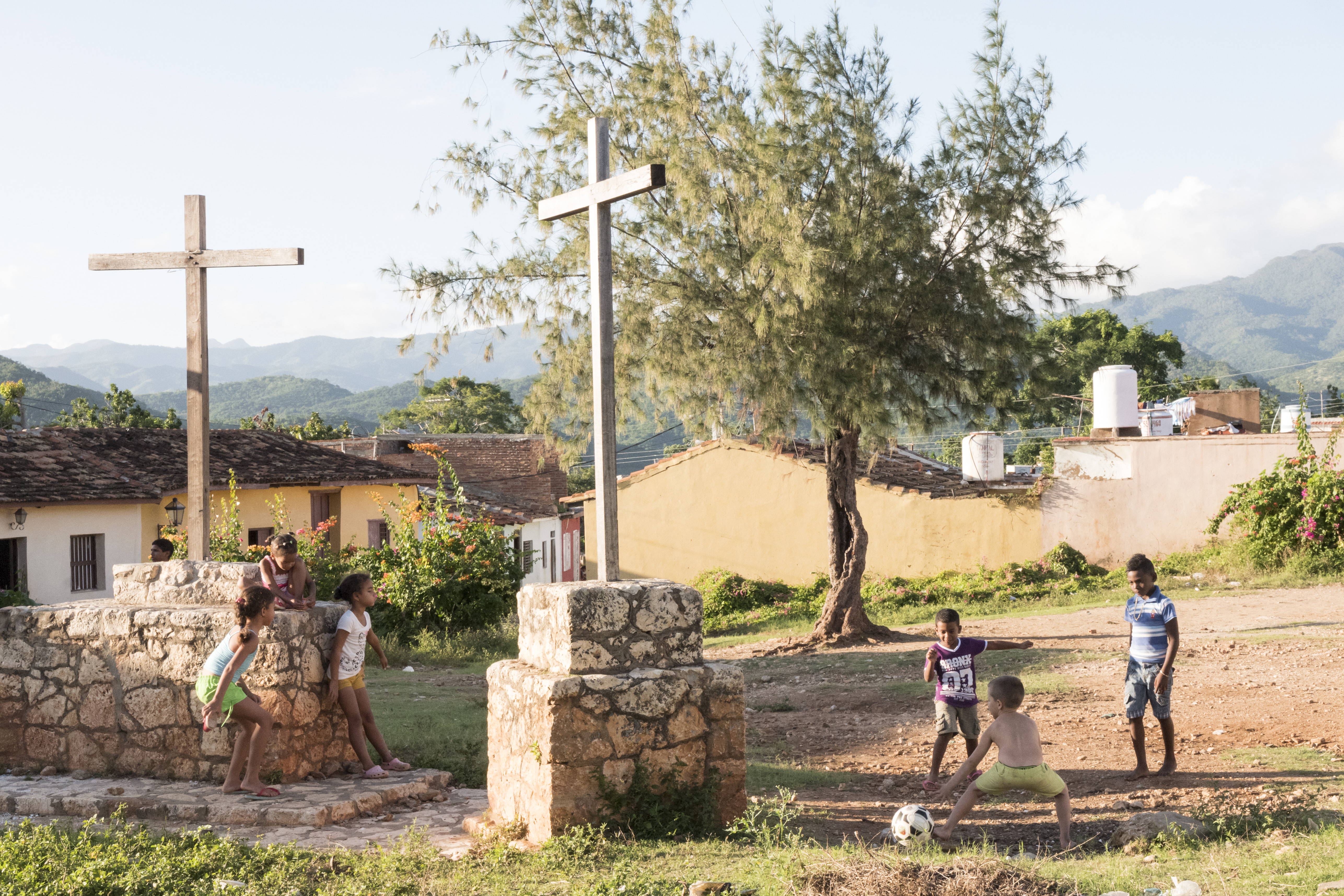
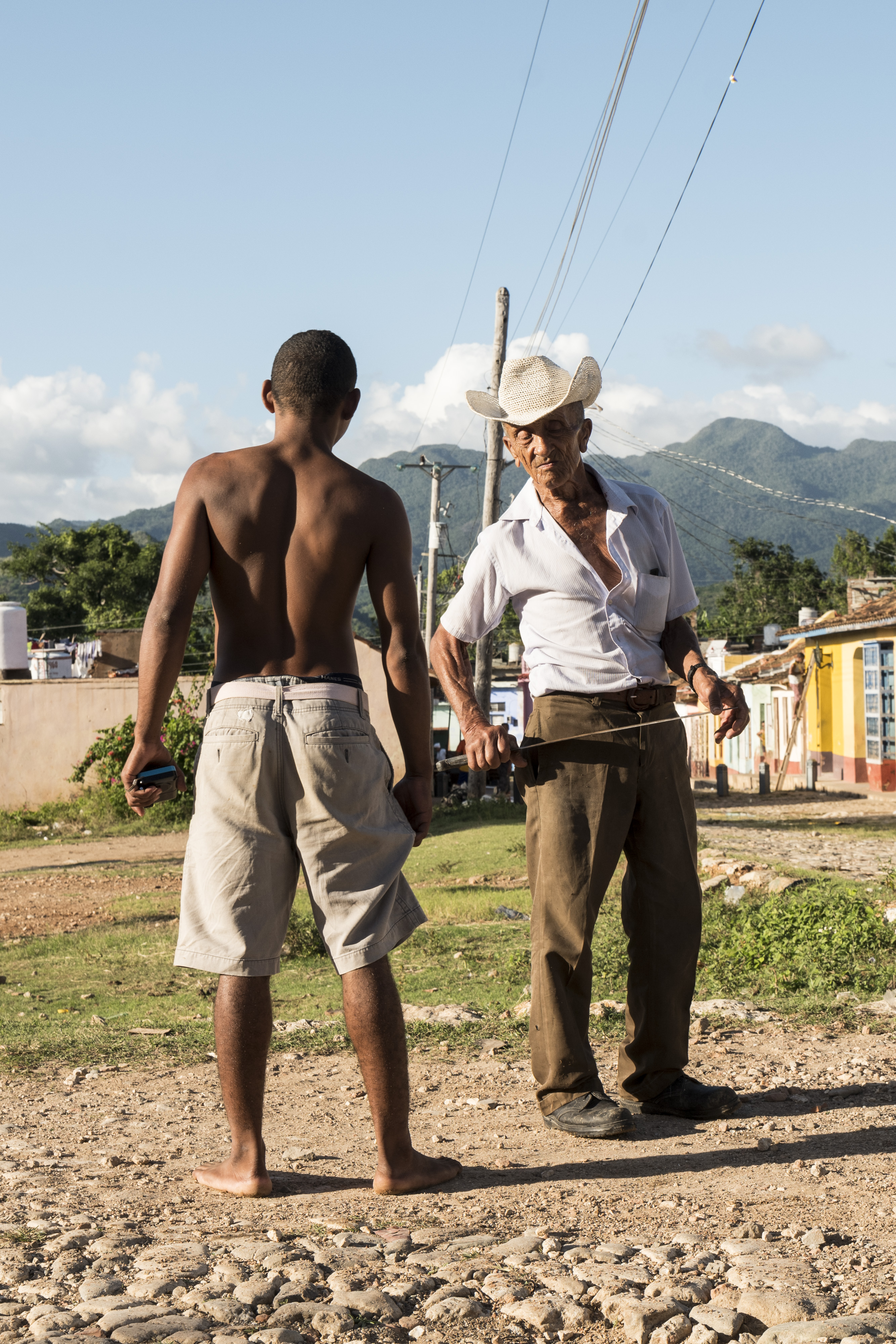
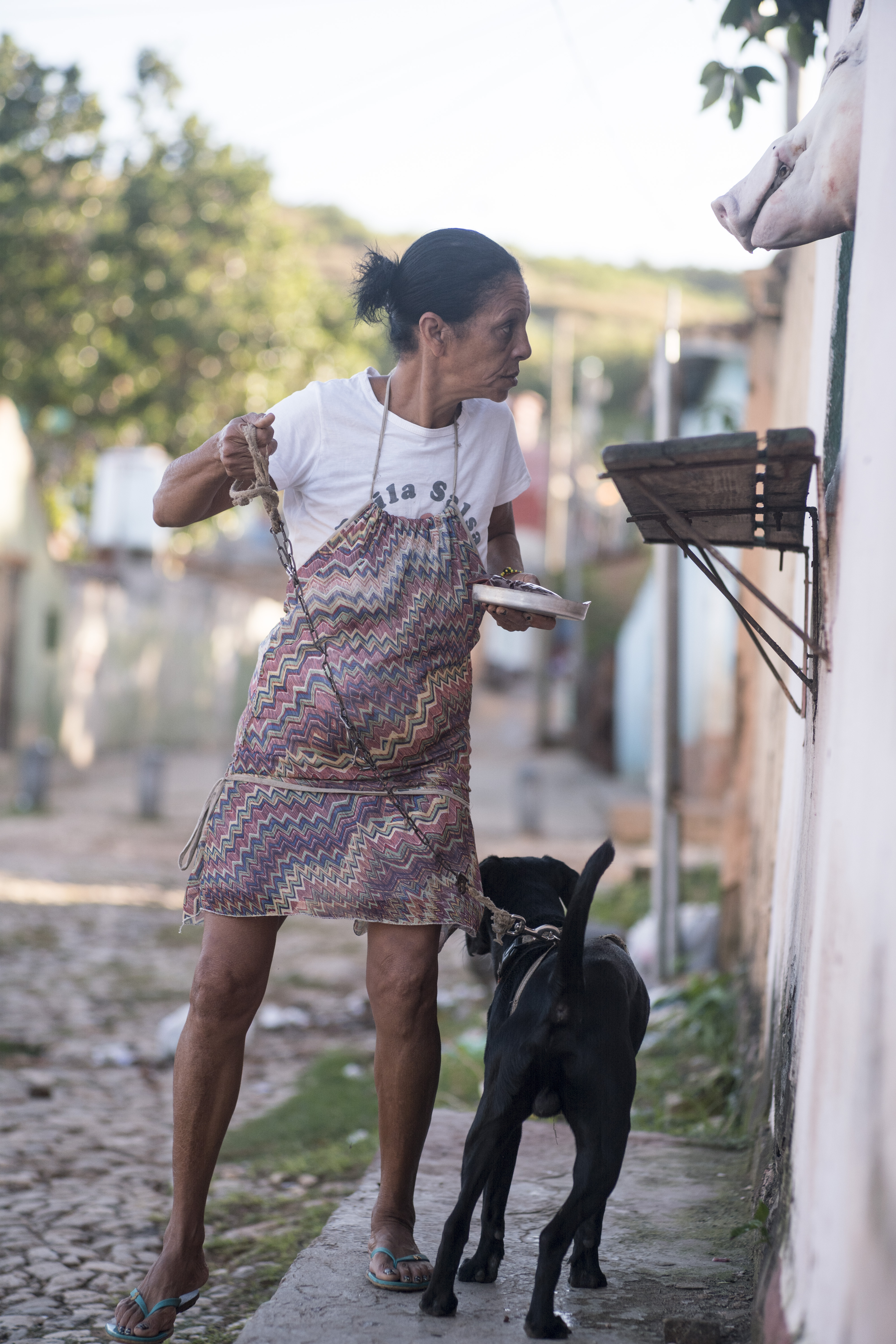
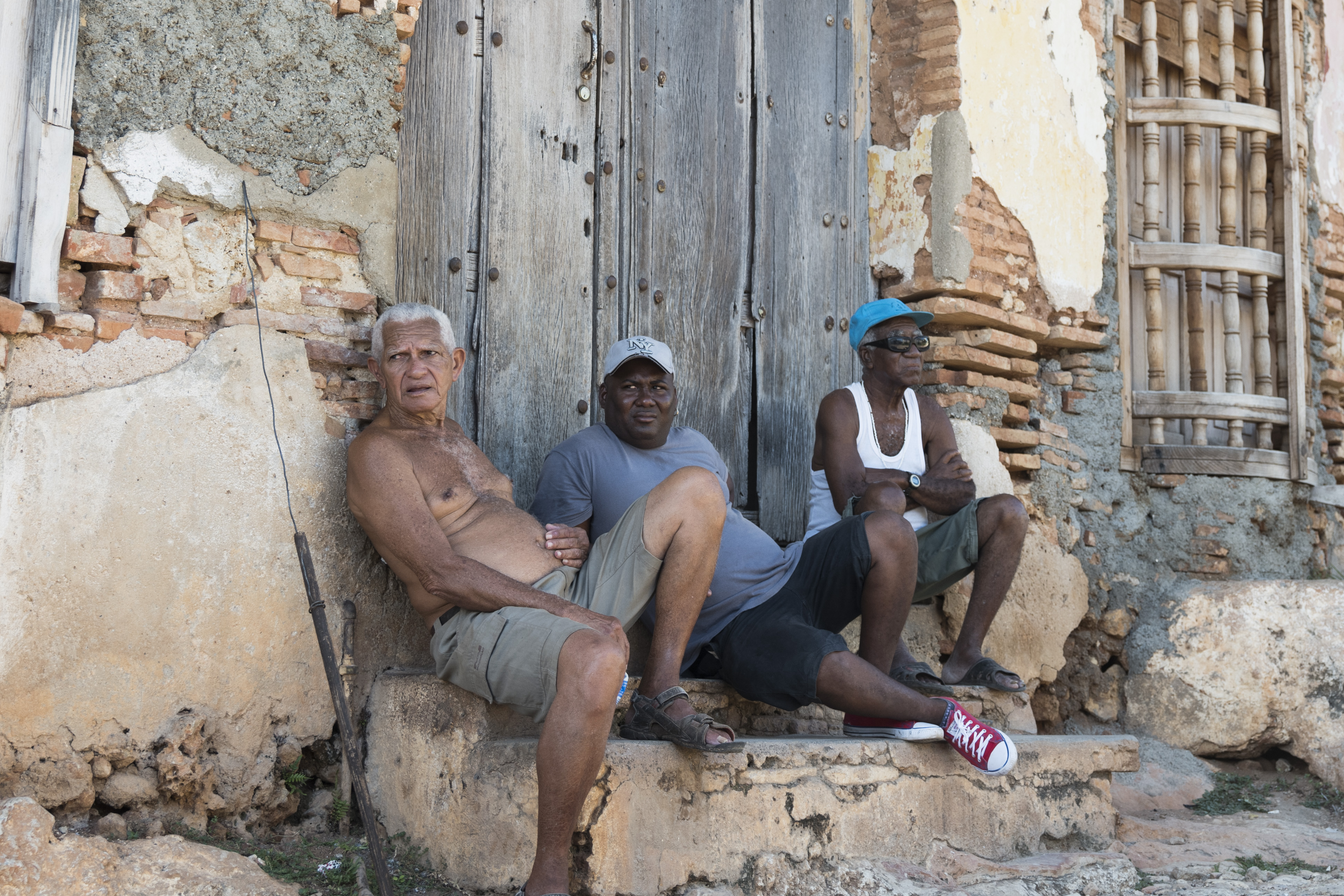
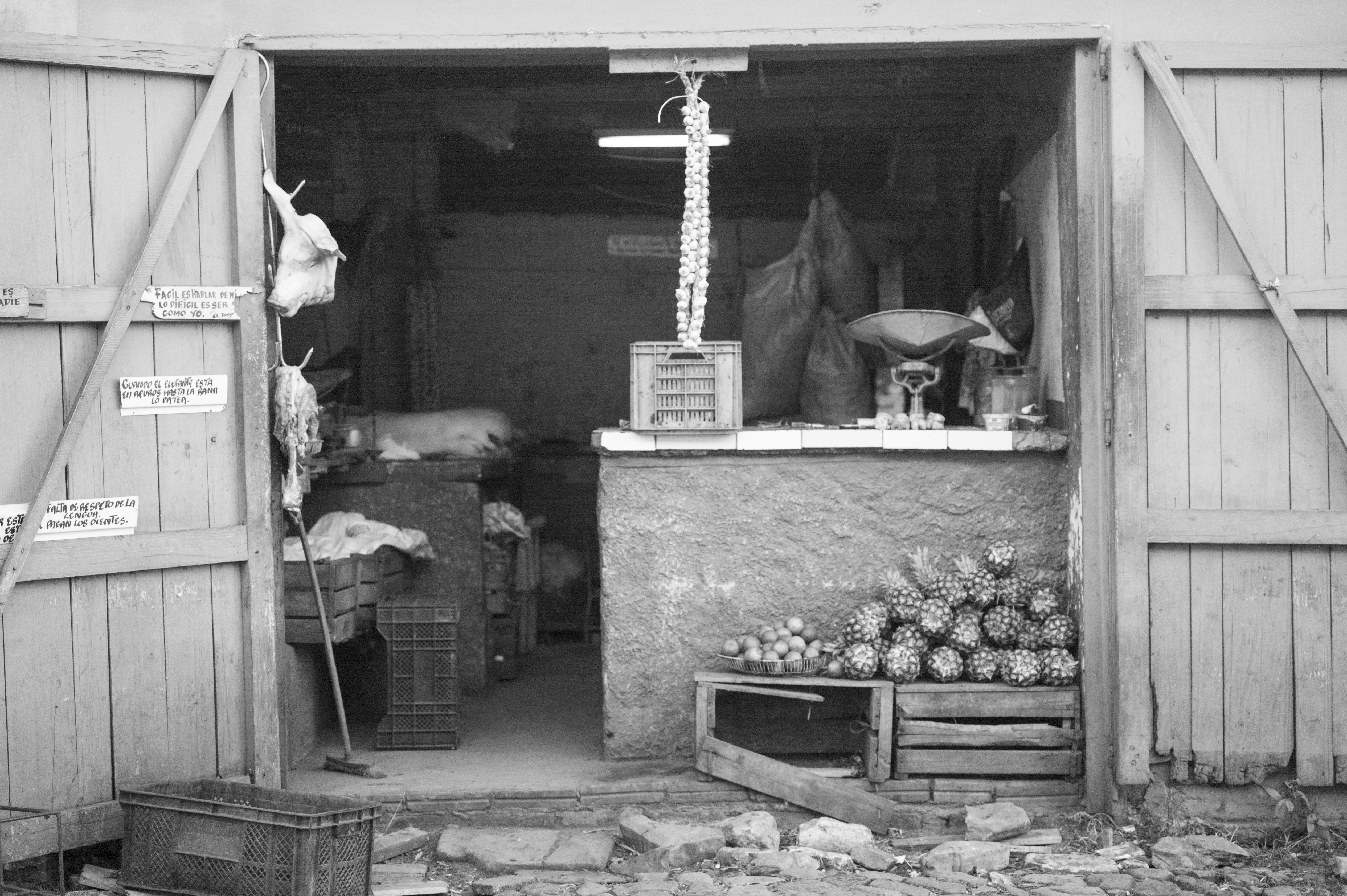
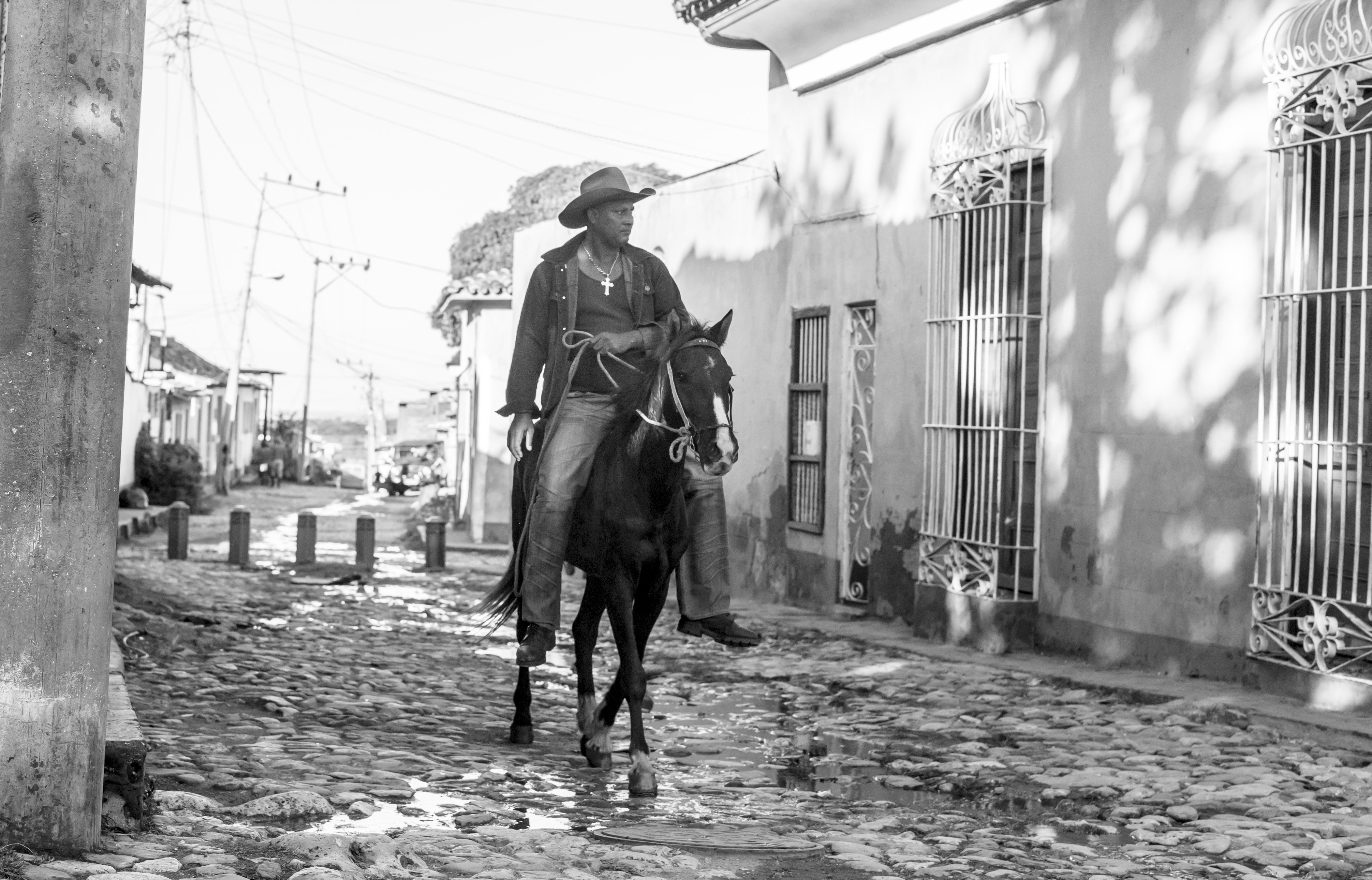 Horses have quite a presence because they take tourists for tours to the outskirts and surroundings of Trinidad.
Horses have quite a presence because they take tourists for tours to the outskirts and surroundings of Trinidad.
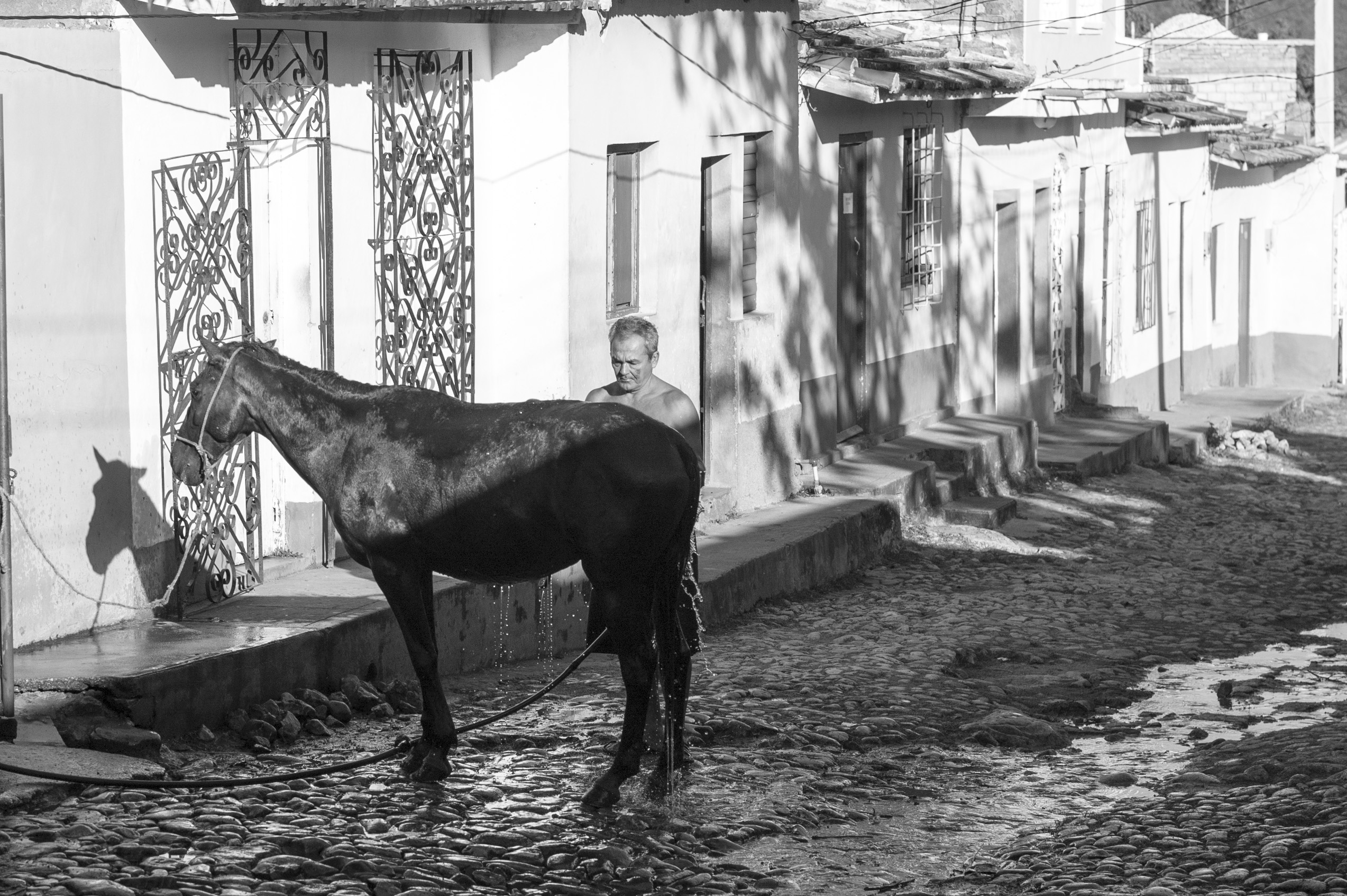
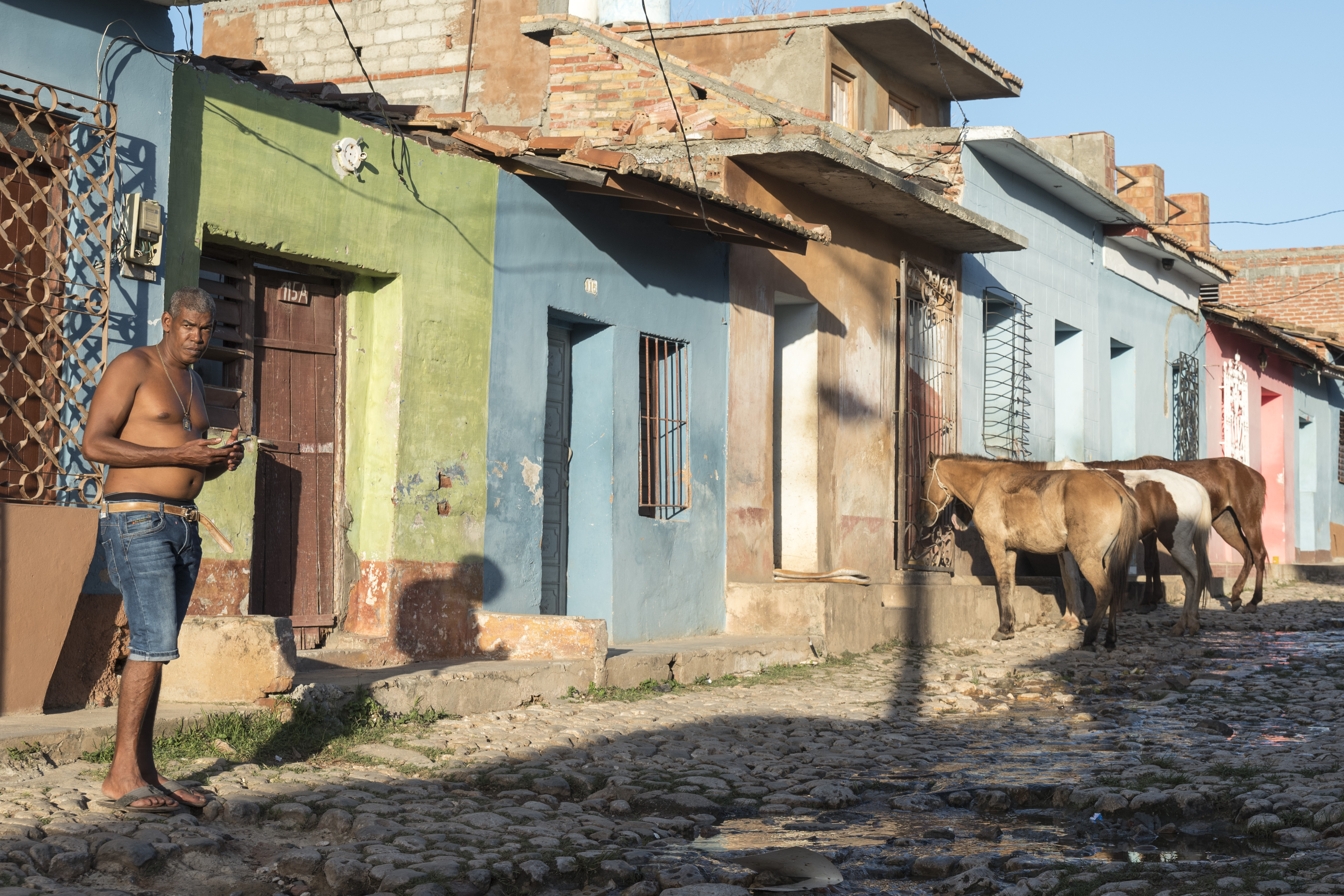
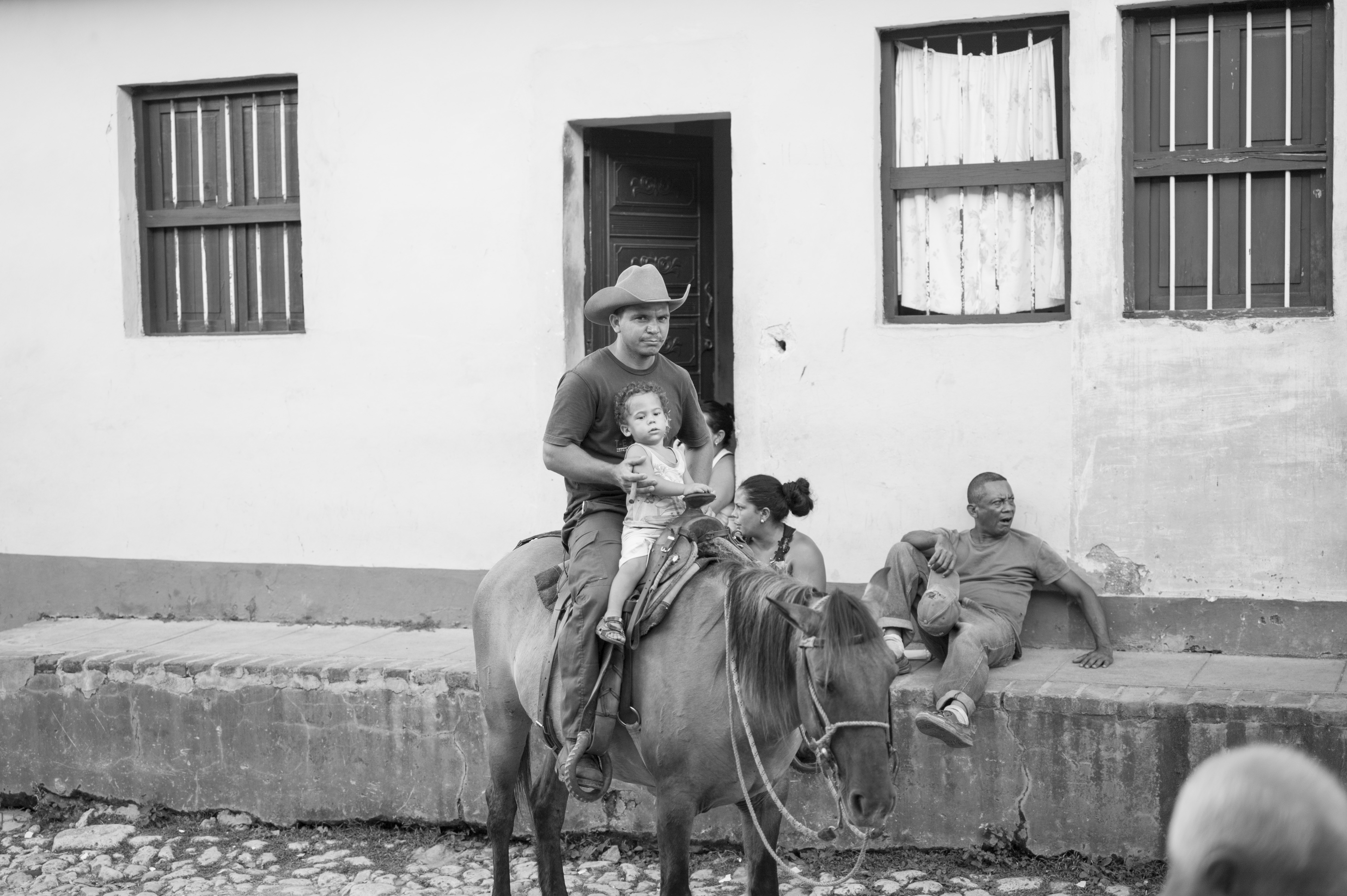
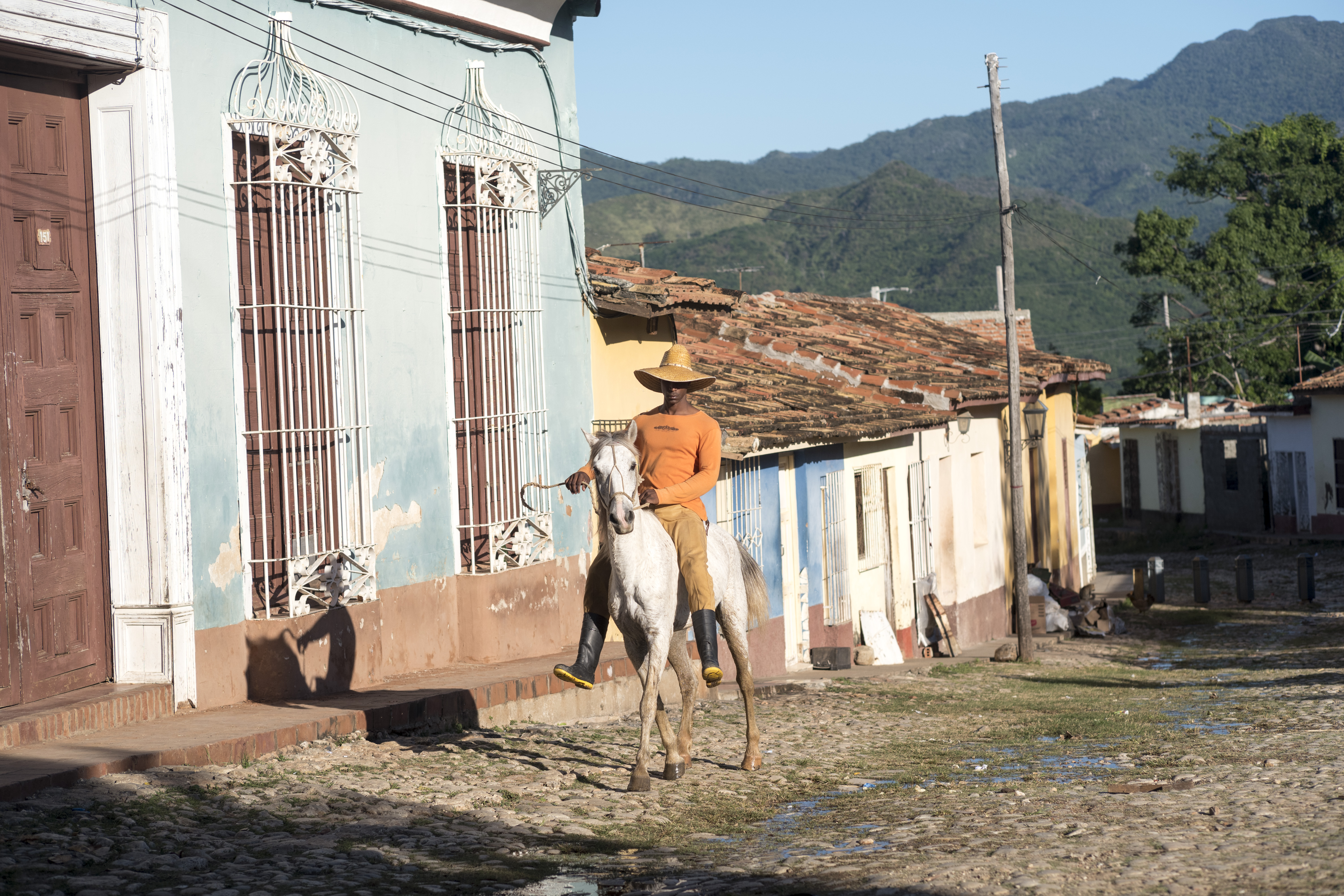
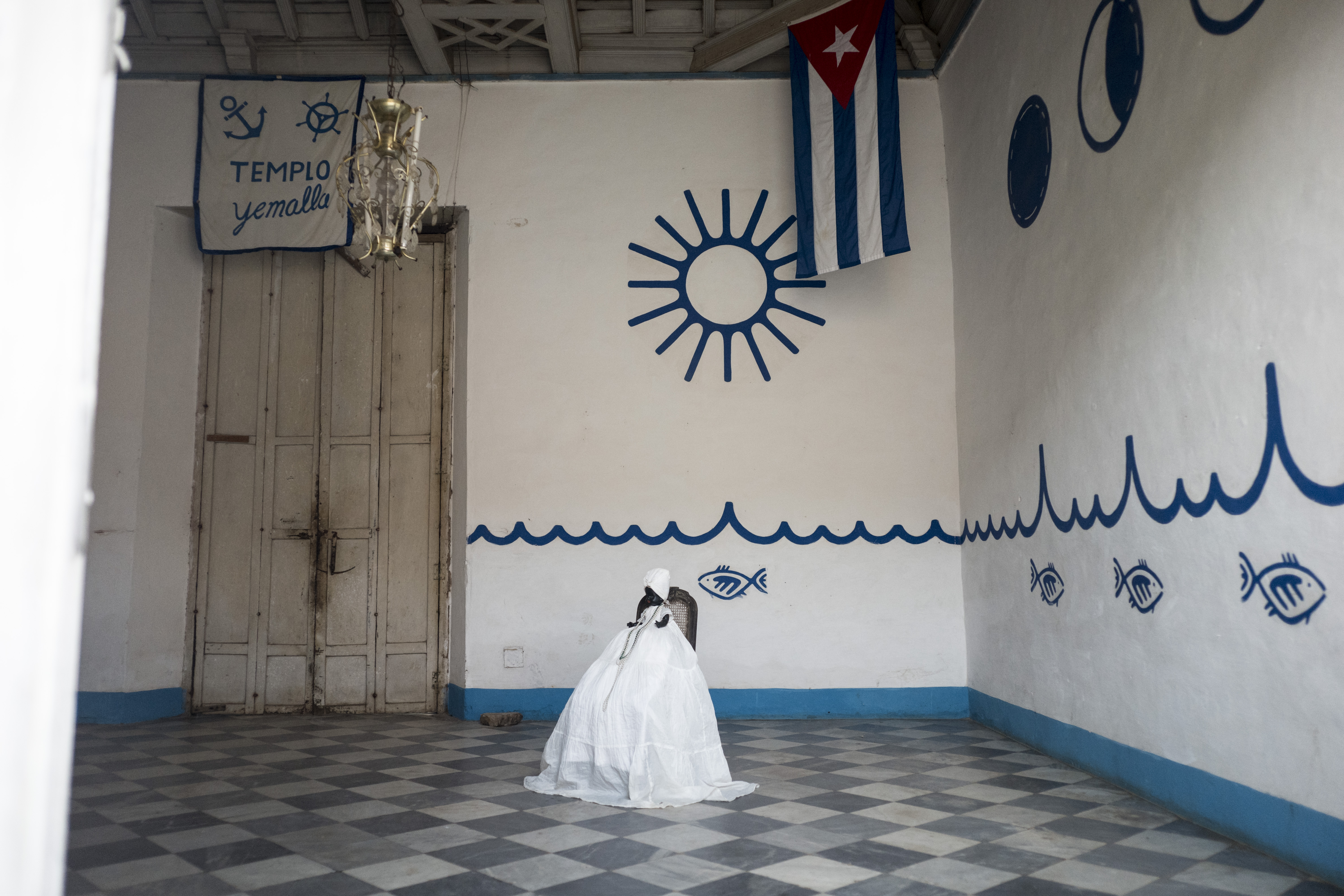 By chance I passed by the Temle of Yemalla. Yemalla is the Mother of Fishes and Queen of the Oceans and one of the most powerful Orisha’s in the syncretic religion Santería. Orisha’s are nature spirits that originated in the Yoruba religion of Africa; Yemalla was originally a river goddess from Nigeria who was travelled across the oceans when her people were enslaved and she became the goddess of the oceans. She is considered to be the mother of all living things and rules the waters of the earth. She has a number of Camino’s or roads which reflect different aspects of womanhood ranging from the nurturing mother to the fierce machete wielding warrior. She also has syncretized Catholic saints including the Virgin Mary, Stella Maris and the Virgin of Regla.
By chance I passed by the Temle of Yemalla. Yemalla is the Mother of Fishes and Queen of the Oceans and one of the most powerful Orisha’s in the syncretic religion Santería. Orisha’s are nature spirits that originated in the Yoruba religion of Africa; Yemalla was originally a river goddess from Nigeria who was travelled across the oceans when her people were enslaved and she became the goddess of the oceans. She is considered to be the mother of all living things and rules the waters of the earth. She has a number of Camino’s or roads which reflect different aspects of womanhood ranging from the nurturing mother to the fierce machete wielding warrior. She also has syncretized Catholic saints including the Virgin Mary, Stella Maris and the Virgin of Regla.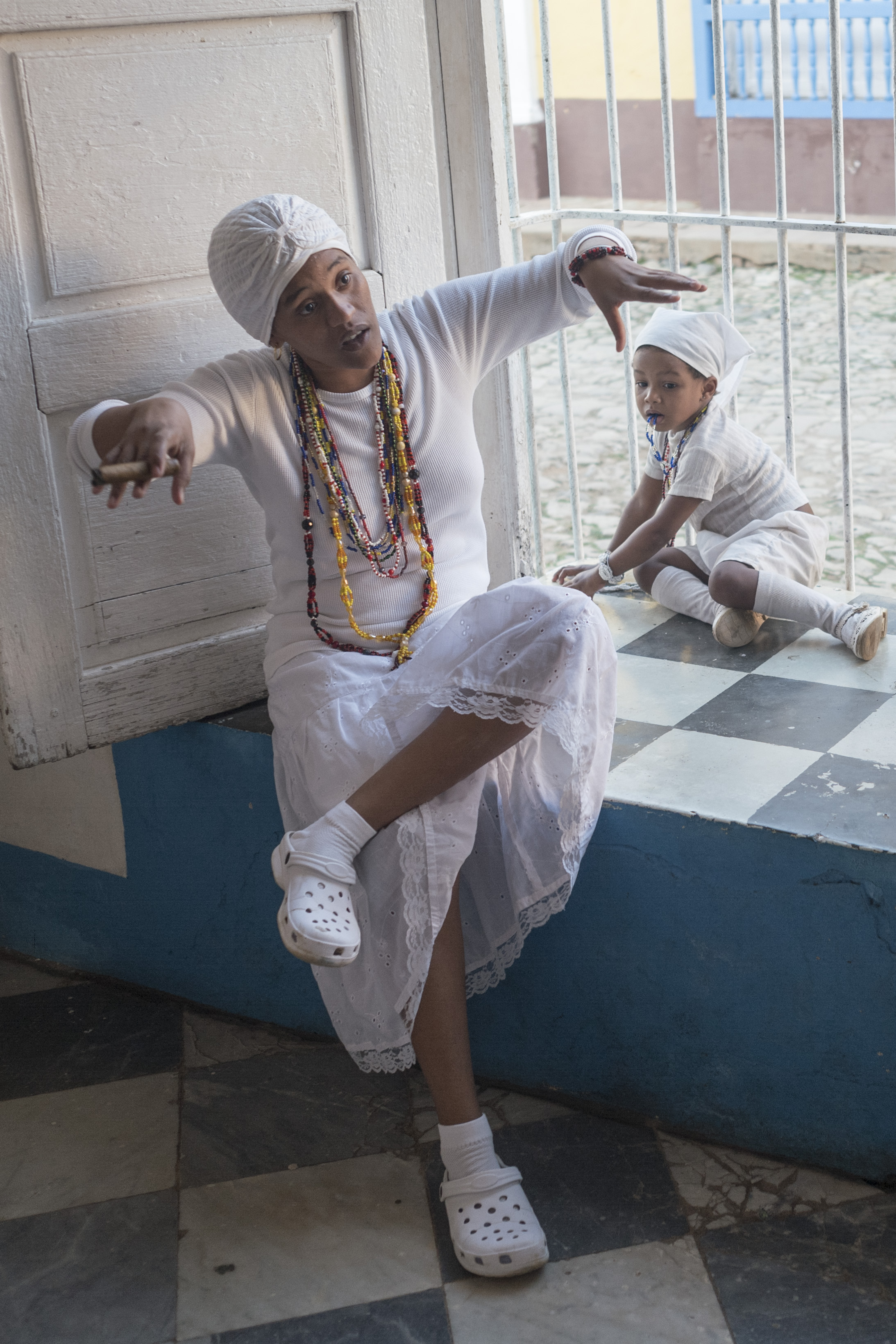
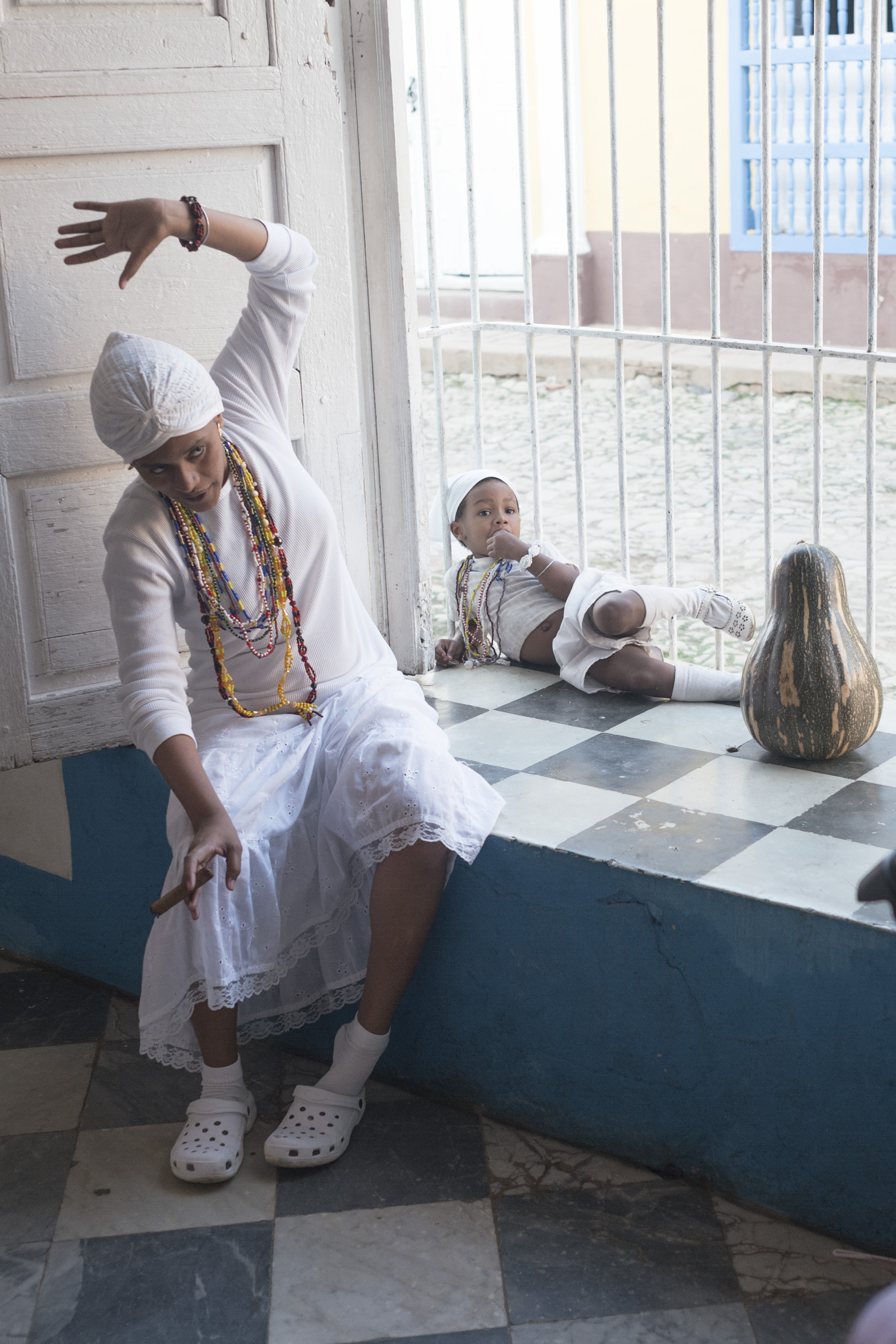
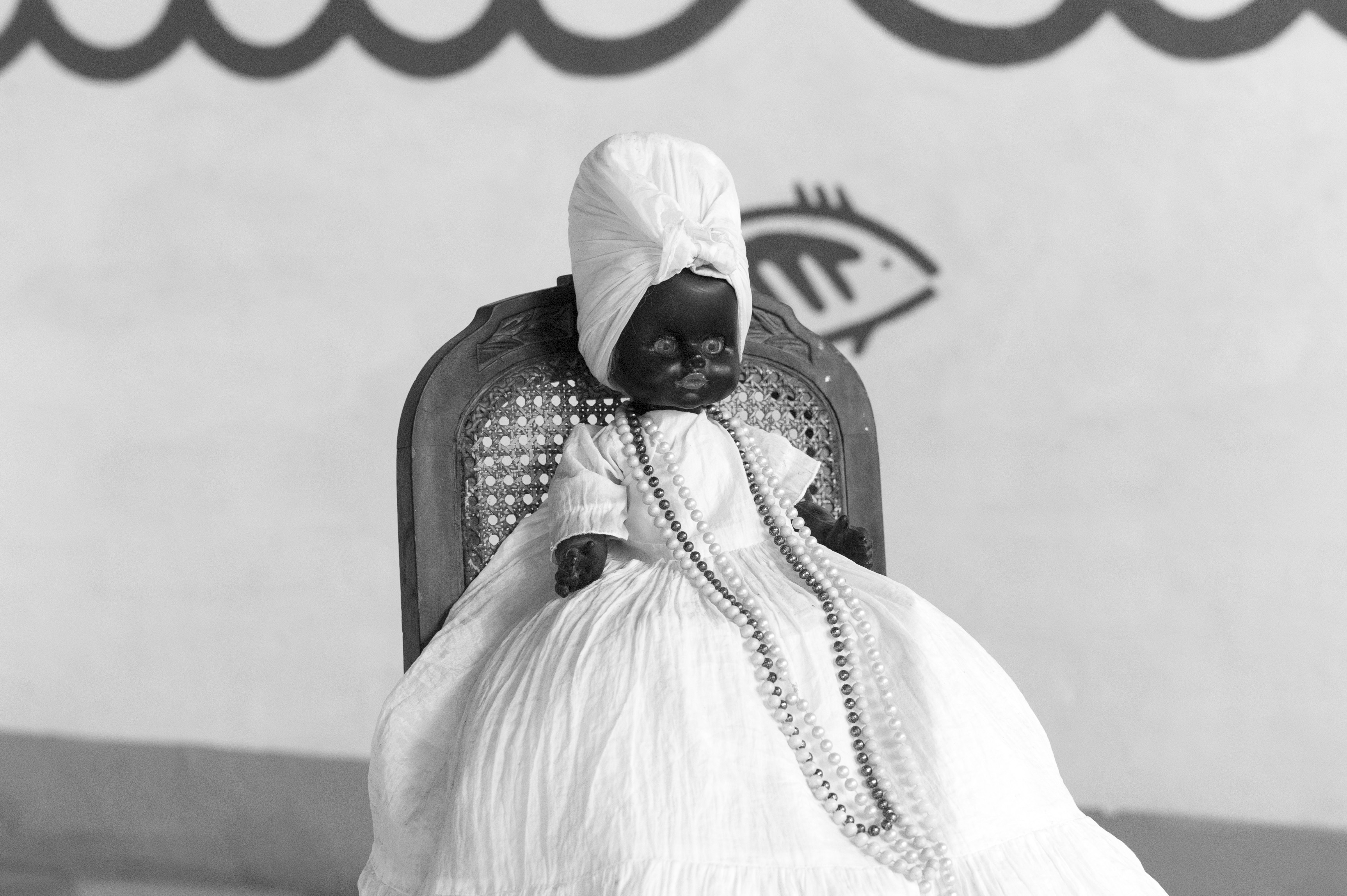 Santería’s roots can be traced to the Lucumí religion, which was practiced by the Yoruba tribes of modern-day Benin and Nigeria. Slaves from West Africa were imported to Cuba in the 17th century, and they brought their religious tradition with them. The slaves were banned from practicing their own religion, so they disguised their gods as Catholic figures and continued to pray to them as they pleased. As such, in Santería – the name means Way of the Saints – Catholic saints represent Yoruban divine beings, known as orishas. For centuries, Santería – which is also known as the Regla de Ocha – was practiced in secret, and survived orally from one generation to another. After the Revolution, Santería was openly acknowledged but was criticized by the government as being folksy witchcraft. In the 1980s, there was a resurgence of interest in Santería, and today it enjoys widespread appeal throughout much of Cuba.
Santería’s roots can be traced to the Lucumí religion, which was practiced by the Yoruba tribes of modern-day Benin and Nigeria. Slaves from West Africa were imported to Cuba in the 17th century, and they brought their religious tradition with them. The slaves were banned from practicing their own religion, so they disguised their gods as Catholic figures and continued to pray to them as they pleased. As such, in Santería – the name means Way of the Saints – Catholic saints represent Yoruban divine beings, known as orishas. For centuries, Santería – which is also known as the Regla de Ocha – was practiced in secret, and survived orally from one generation to another. After the Revolution, Santería was openly acknowledged but was criticized by the government as being folksy witchcraft. In the 1980s, there was a resurgence of interest in Santería, and today it enjoys widespread appeal throughout much of Cuba.
The painting of the walls is a reference to water or Yemalla. In its center rests on a small chair a rag doll black or Anaquillé, that is used like symbol of protection or amulet. It is estimated that up to 80 percent of the Cuban population follows some Santería practices.
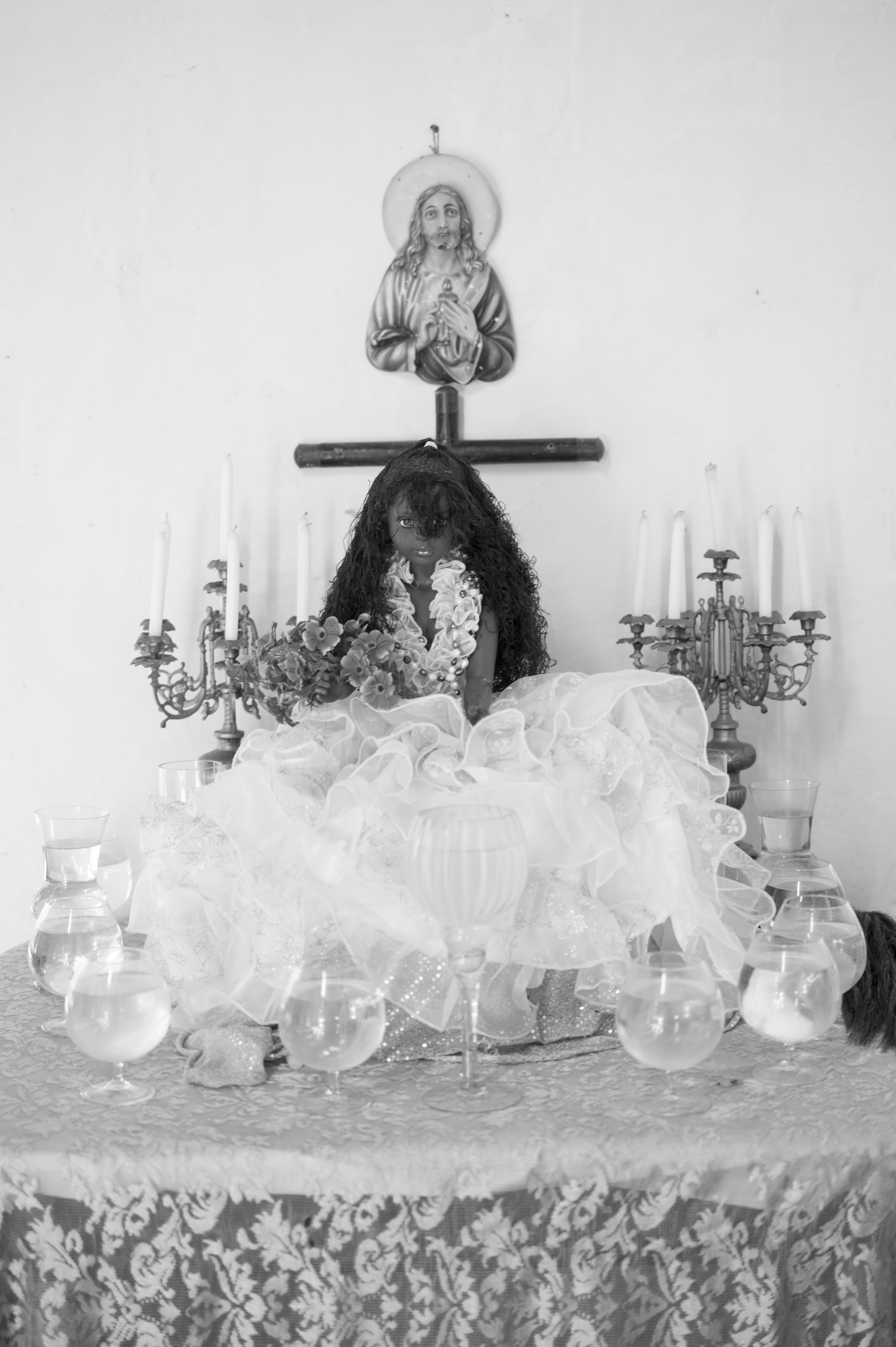 Occupying an important place inside the Temple appears to be the spiritual table that owns seven glasses of waters that remain full and behind it a crucifix. The number seven according to oral accounts is because it is a kabbalistic number that means the seven African powers.
Occupying an important place inside the Temple appears to be the spiritual table that owns seven glasses of waters that remain full and behind it a crucifix. The number seven according to oral accounts is because it is a kabbalistic number that means the seven African powers.
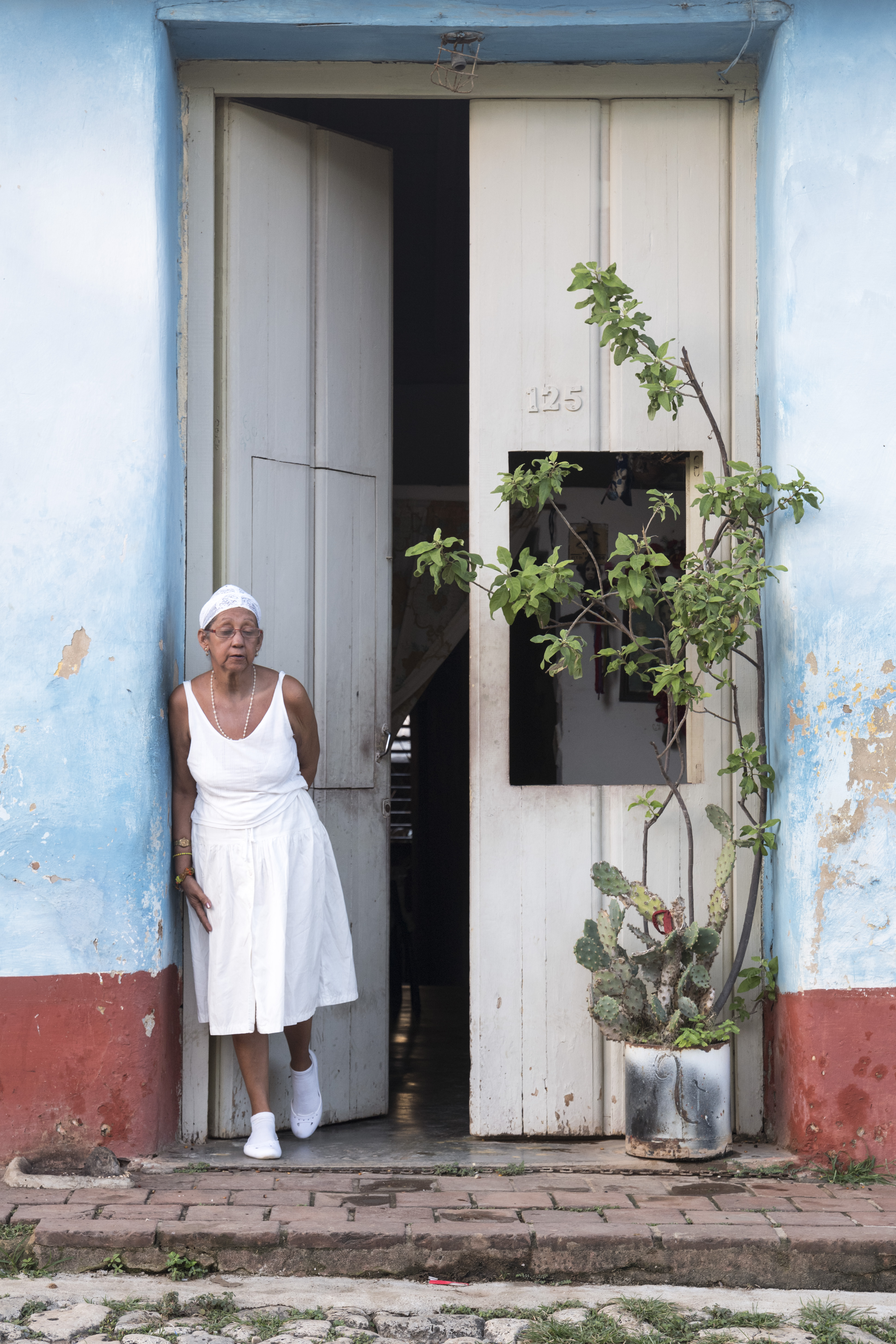
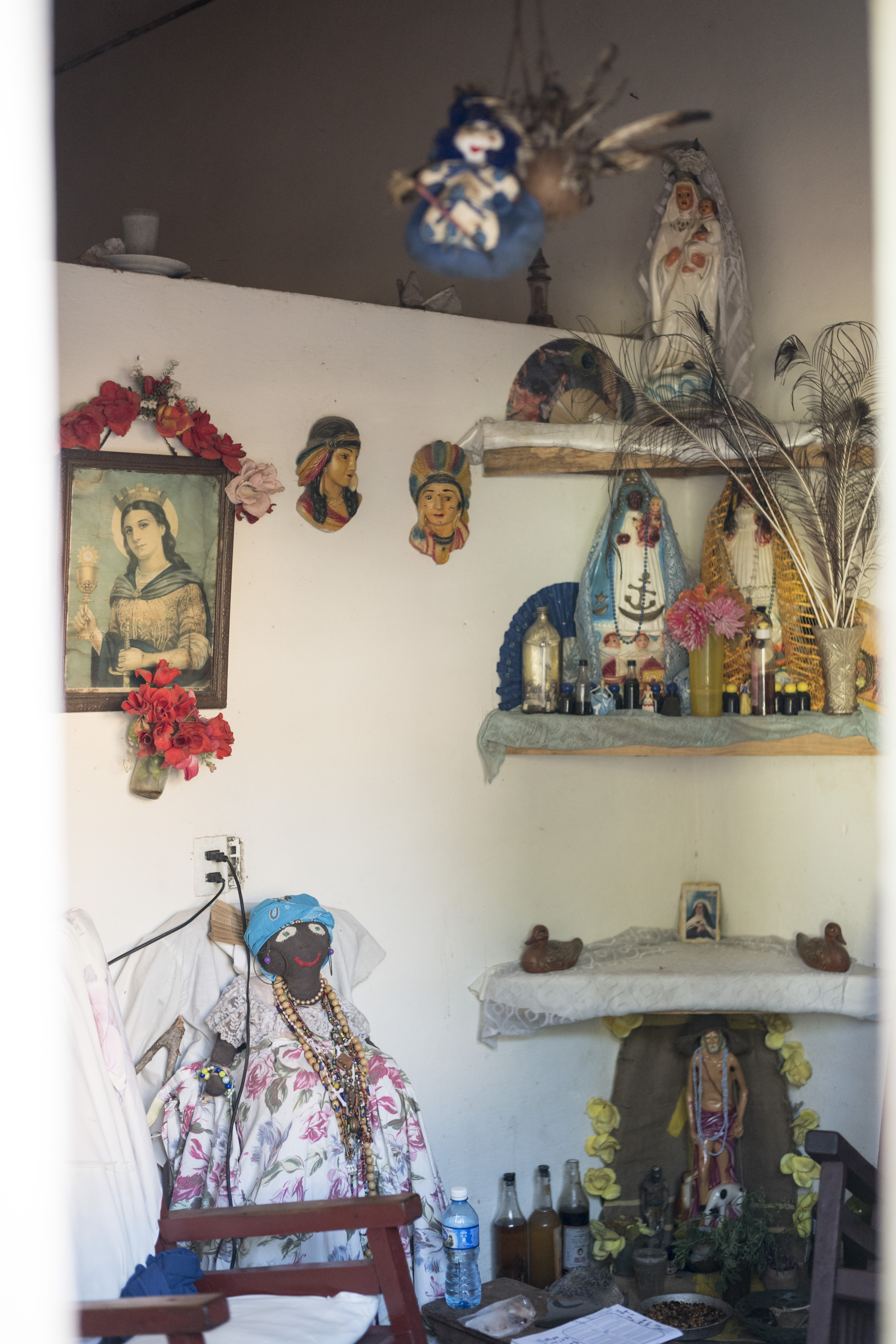 Chances are, when you are wandering the streets of Trinidad or other cities of Cuba you will notice people dressed completely in white. They are elusive and not keen on being photographed and I had to wait for a while to get this shot of one woman. I also looked into her window (picture to the right).
Chances are, when you are wandering the streets of Trinidad or other cities of Cuba you will notice people dressed completely in white. They are elusive and not keen on being photographed and I had to wait for a while to get this shot of one woman. I also looked into her window (picture to the right).
These people are going through their Santería initiation. The initiations are ritualistic and involve elaborate ceremonies. Followers are required to stay inside at night for an entire year and only dress in white. No one is allowed to touch the follower aside from family members or lovers.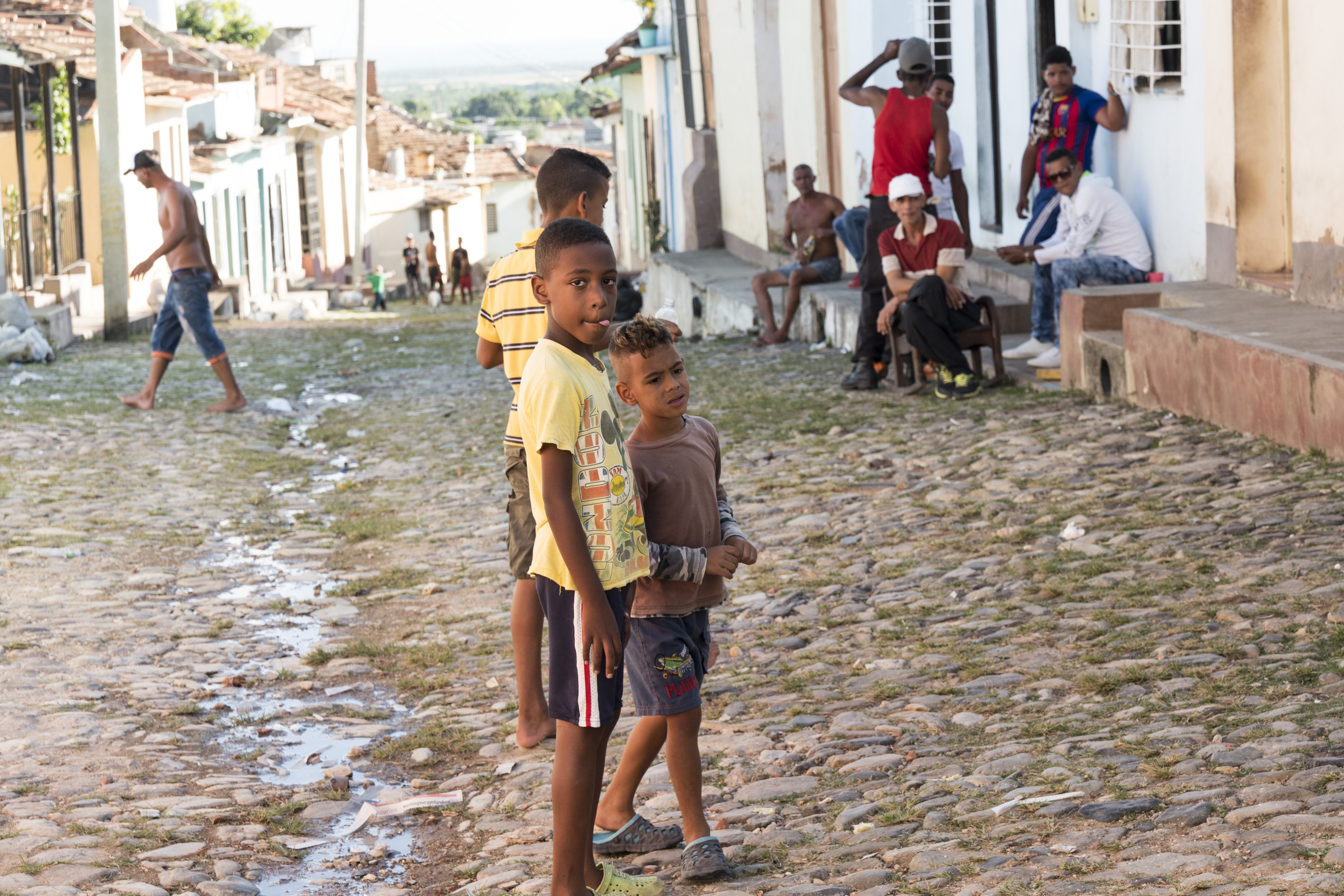
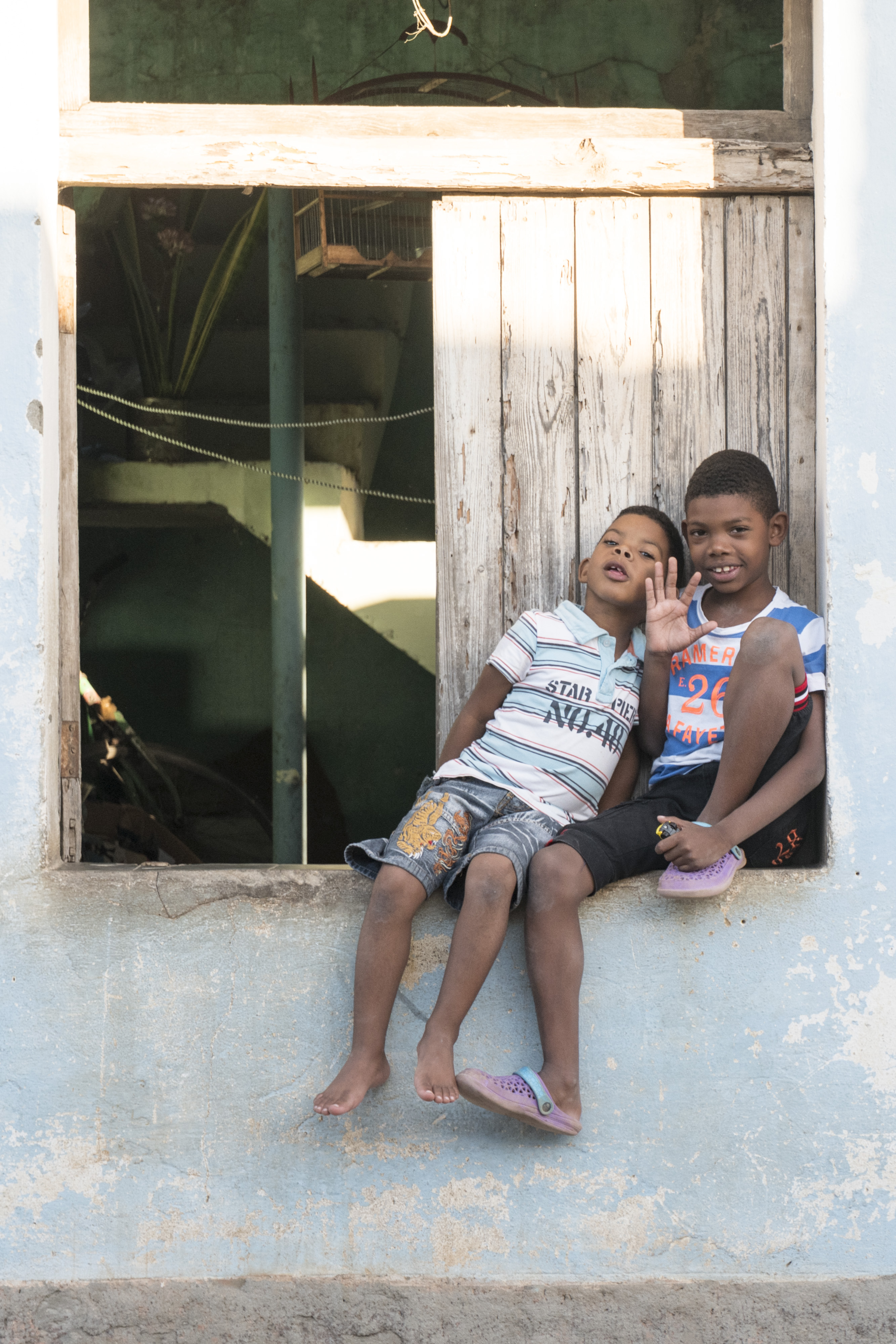
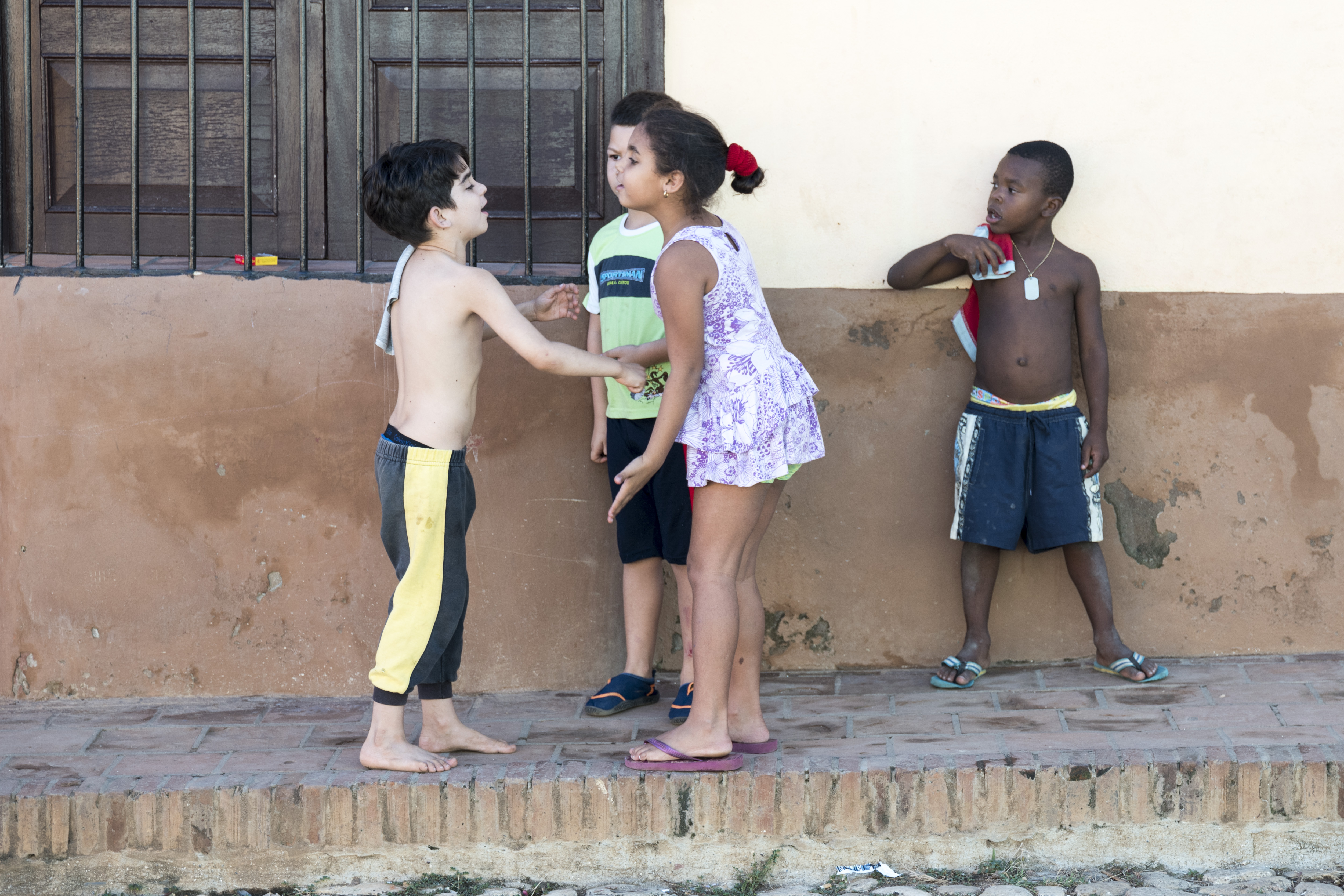
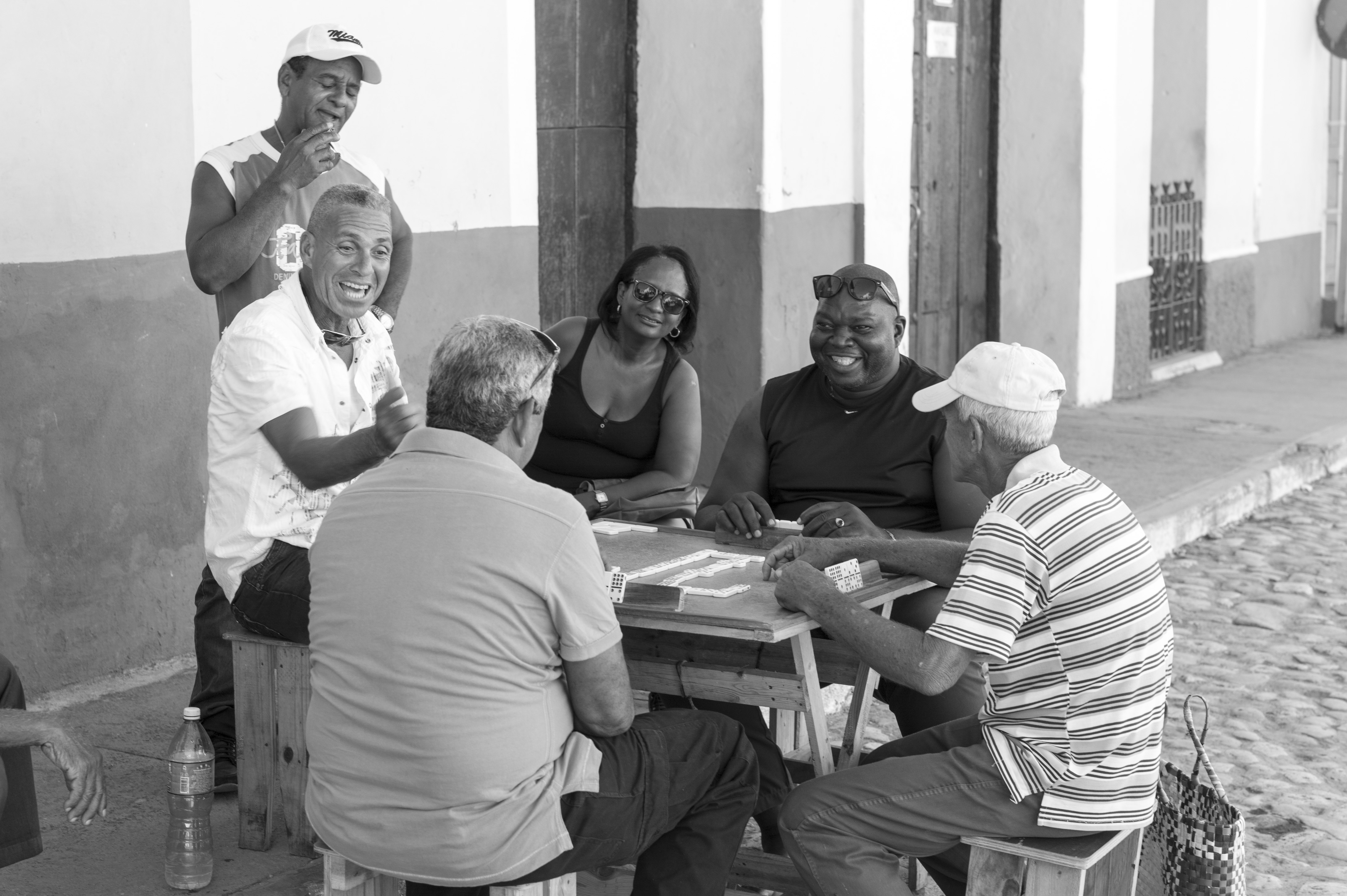
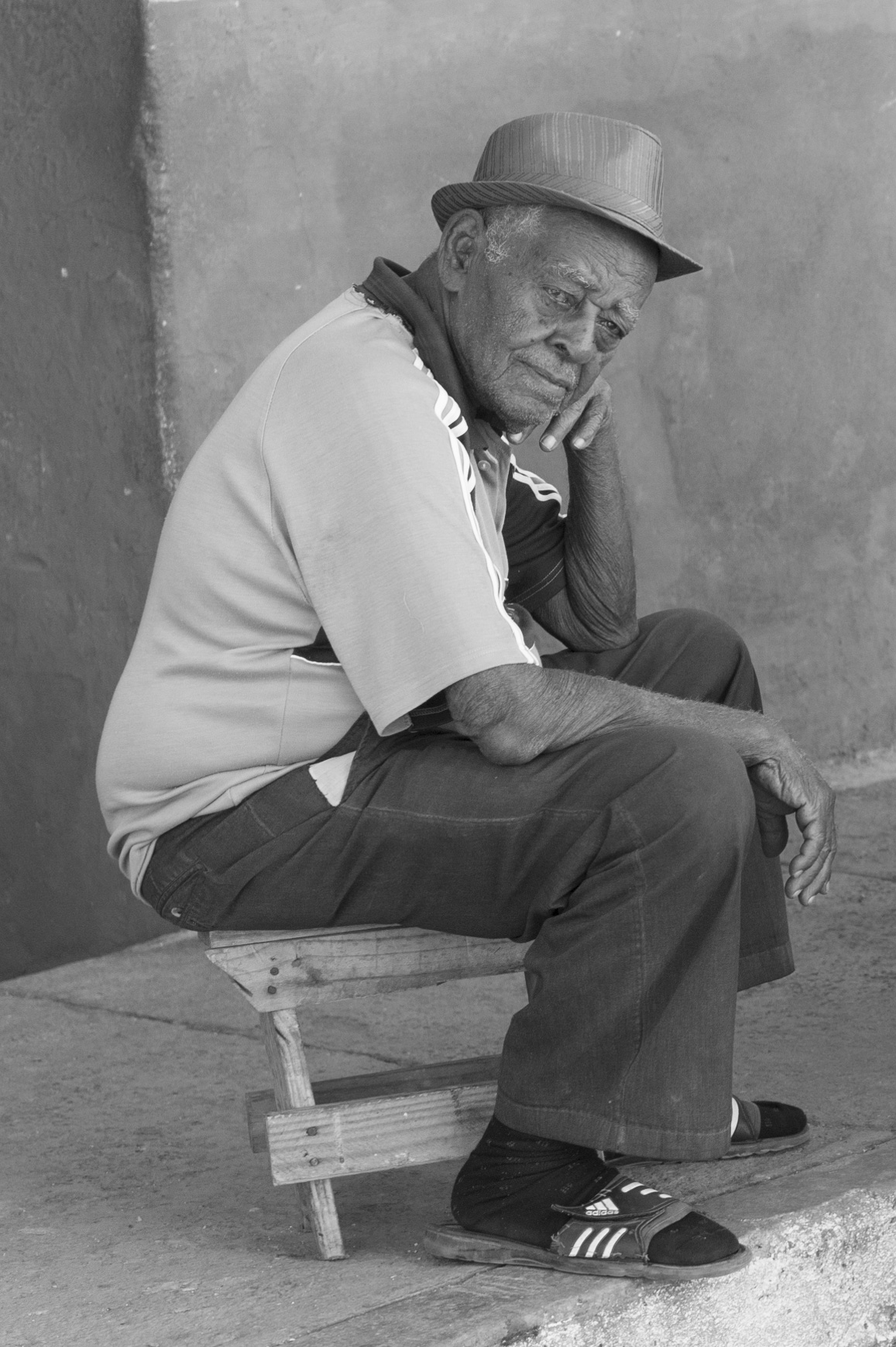
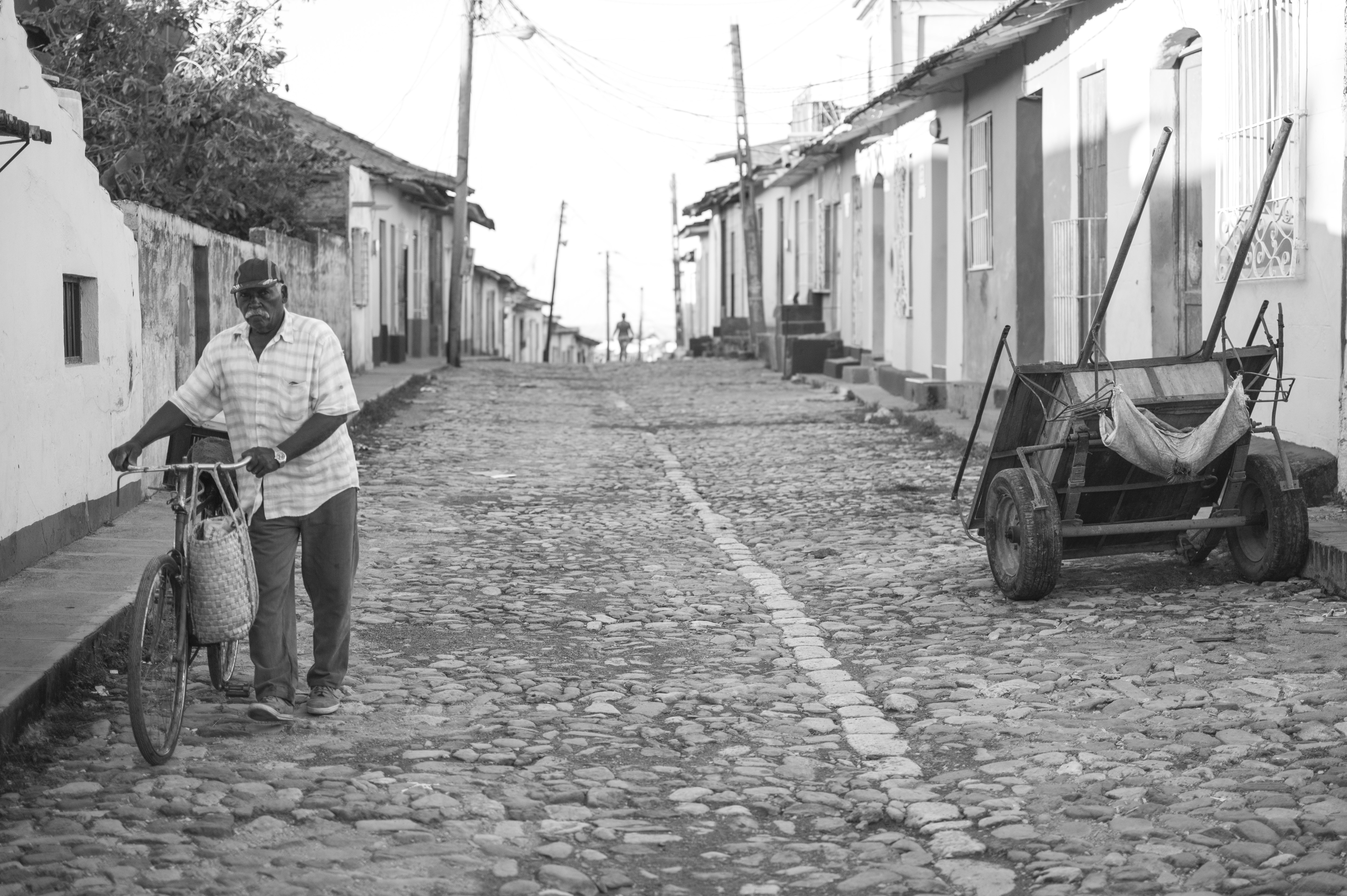
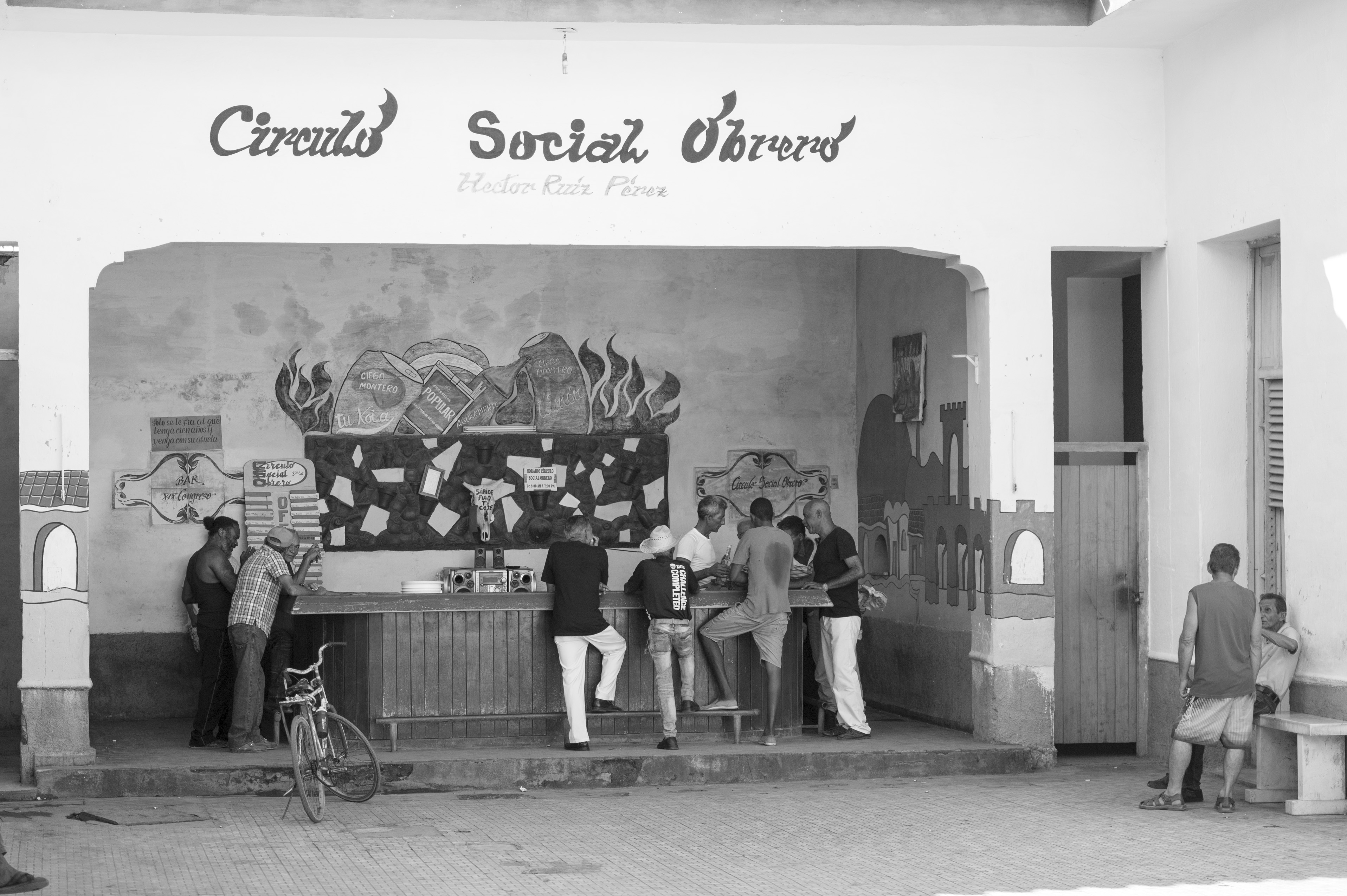
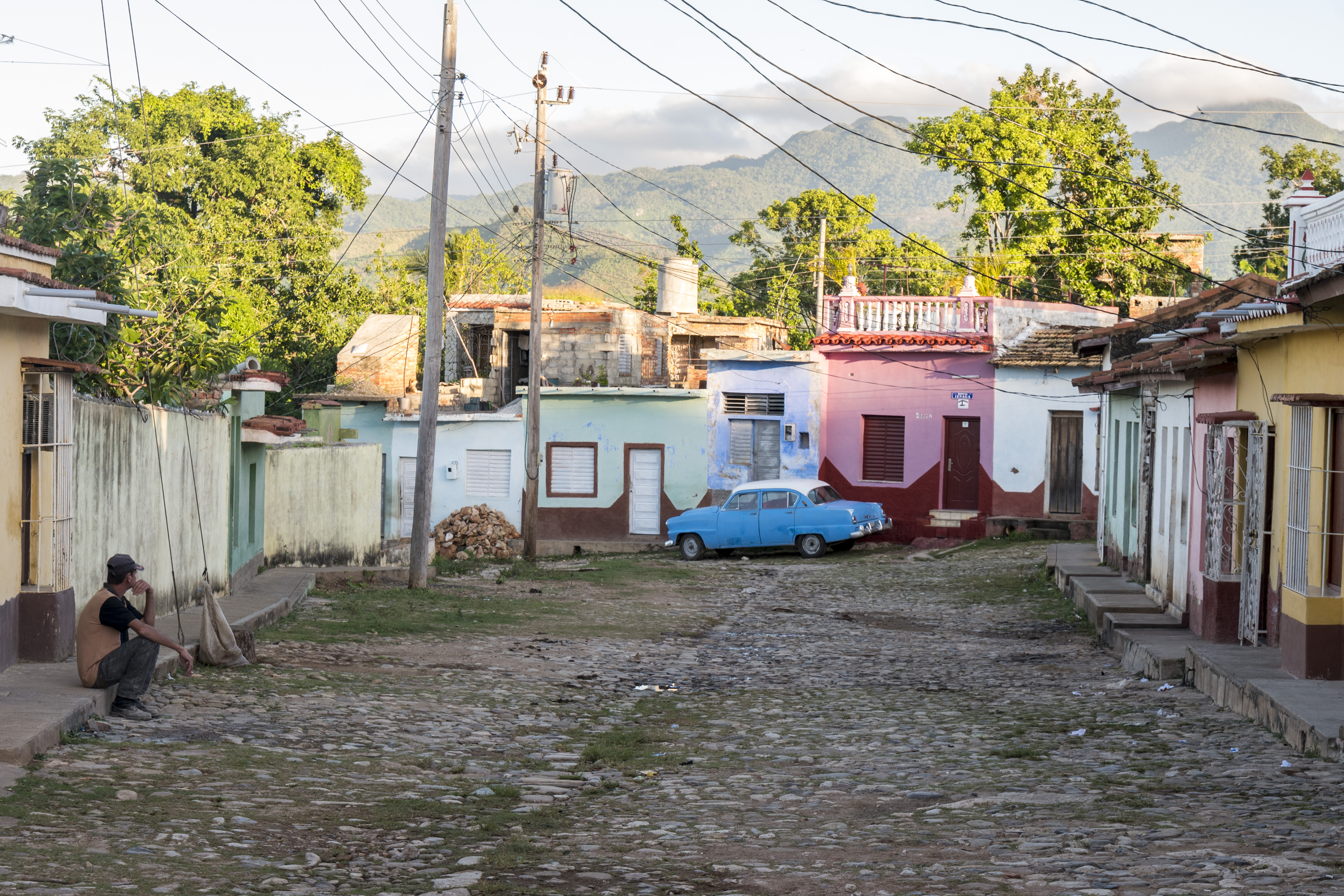
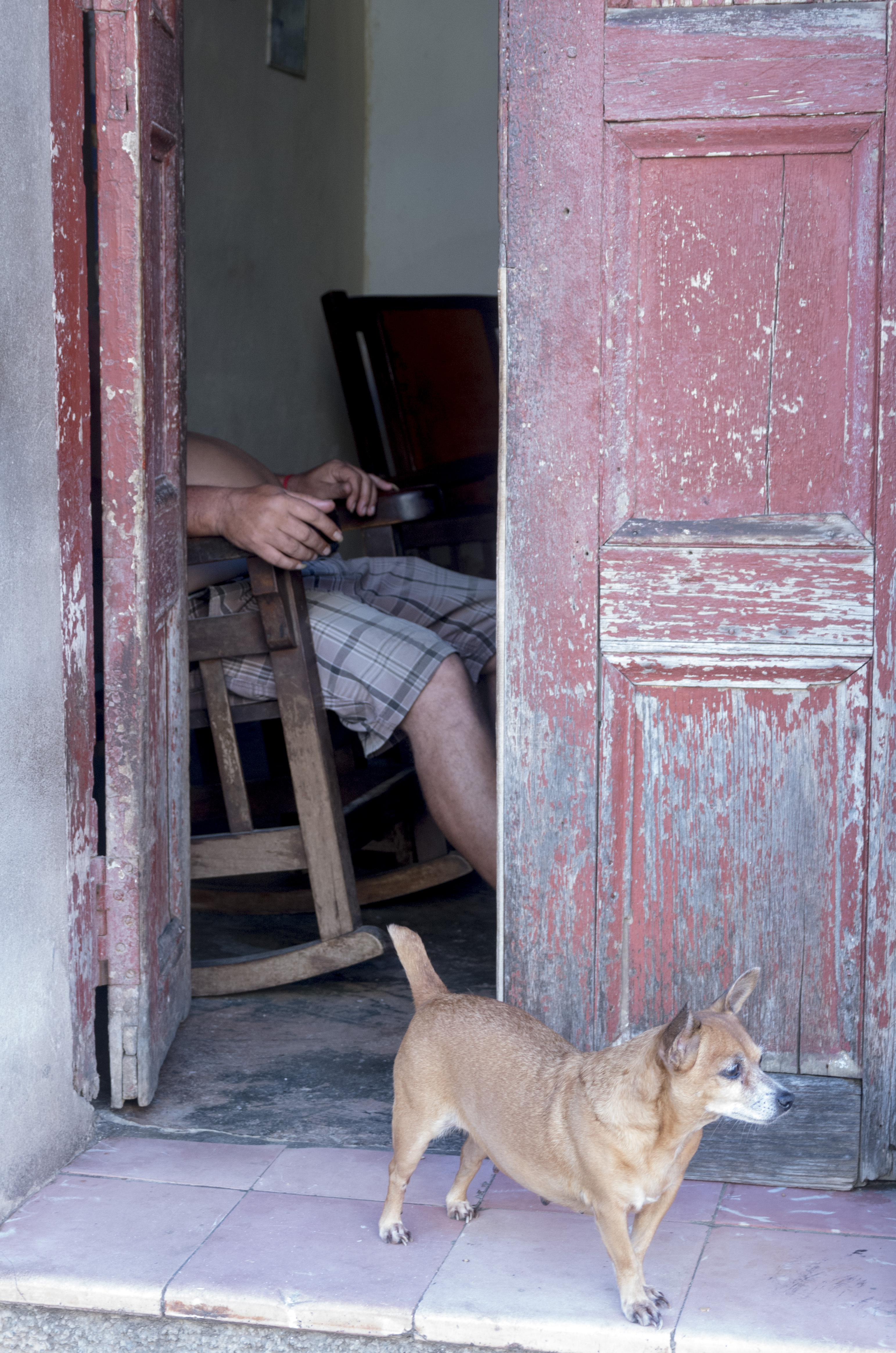
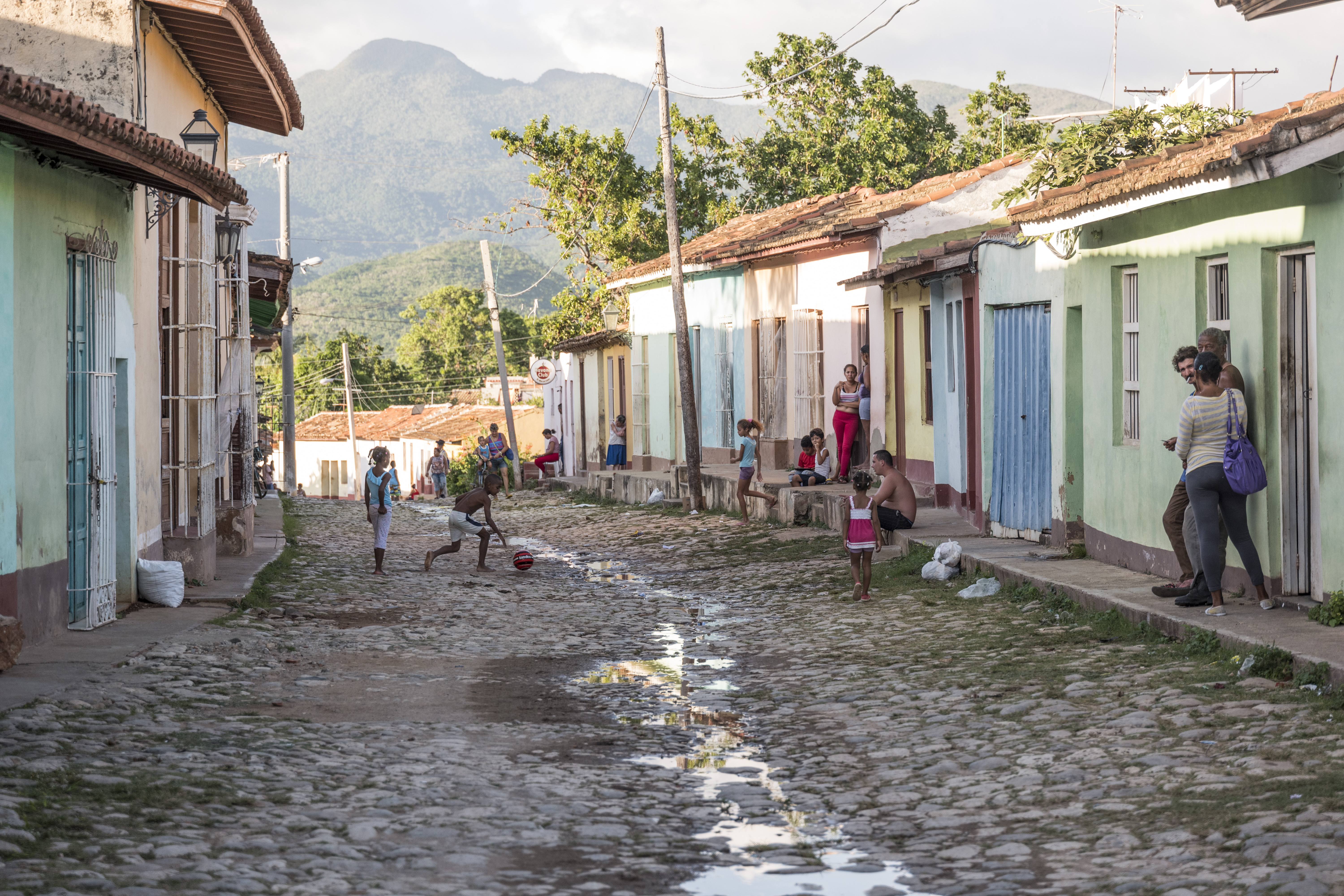
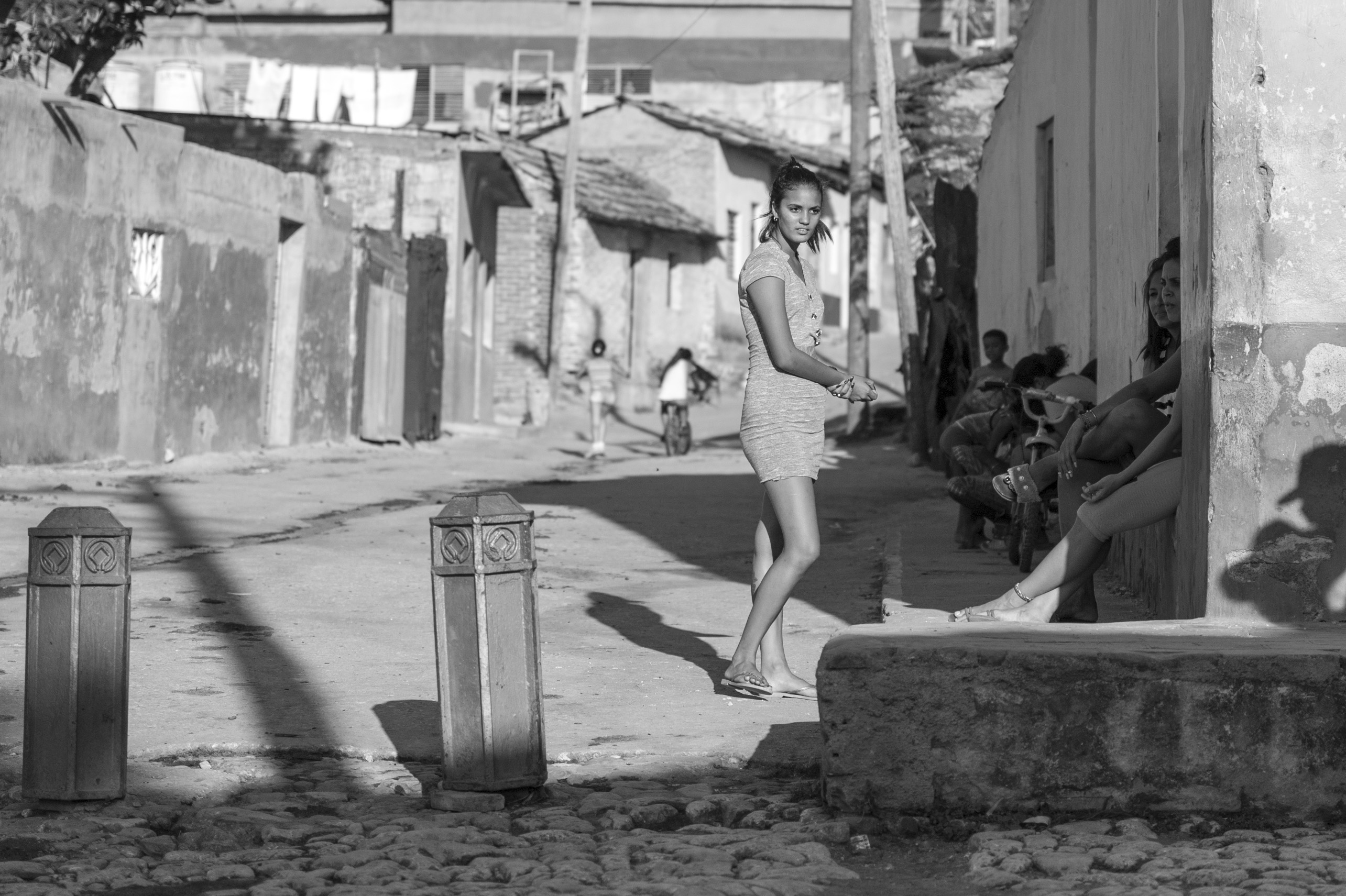
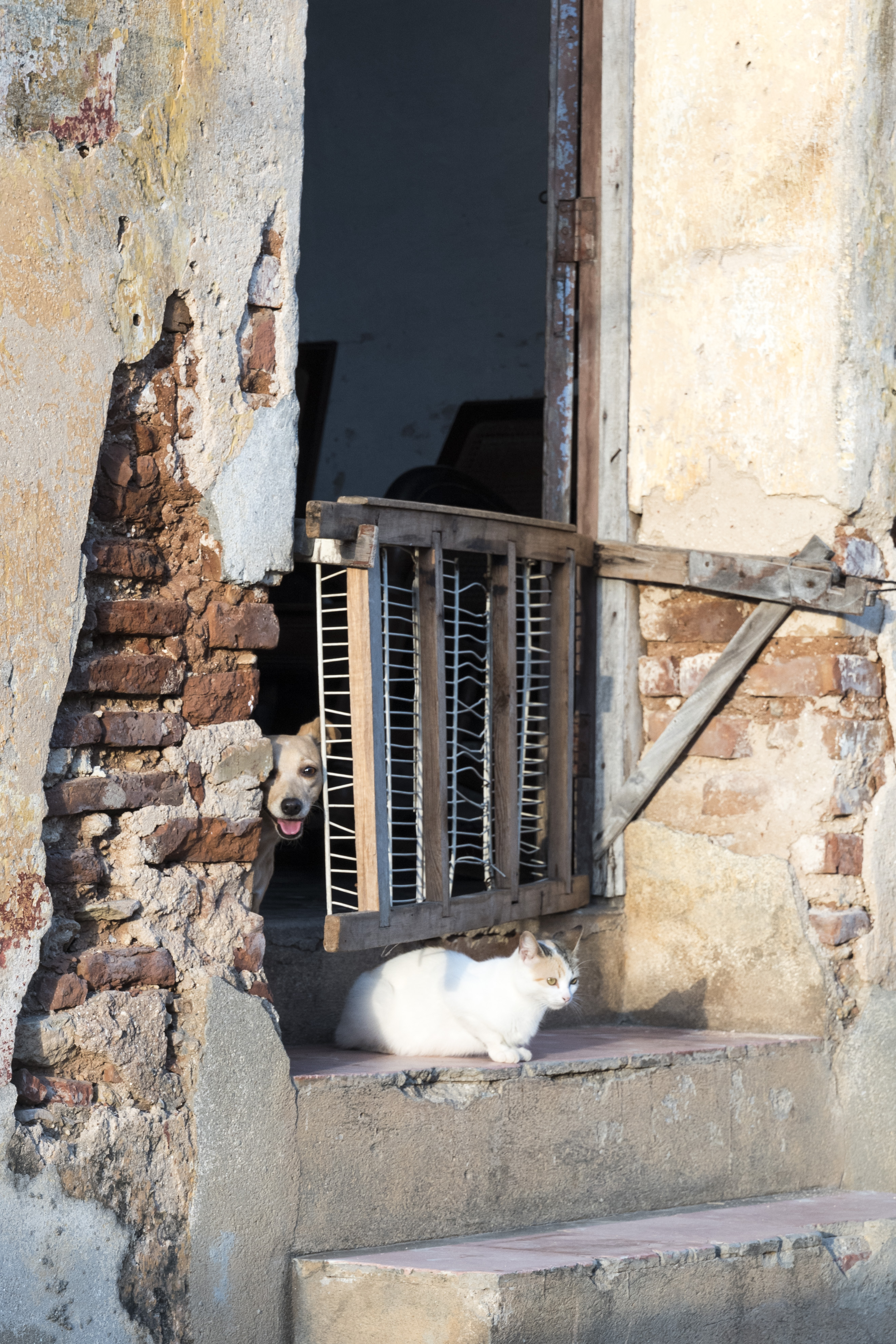 But of course these photos are as most of the time not reflecting reality with regards to tourism. End of November 2017 was not high season, but enough of tourists were enjoying the late afternoon sun.
But of course these photos are as most of the time not reflecting reality with regards to tourism. End of November 2017 was not high season, but enough of tourists were enjoying the late afternoon sun.
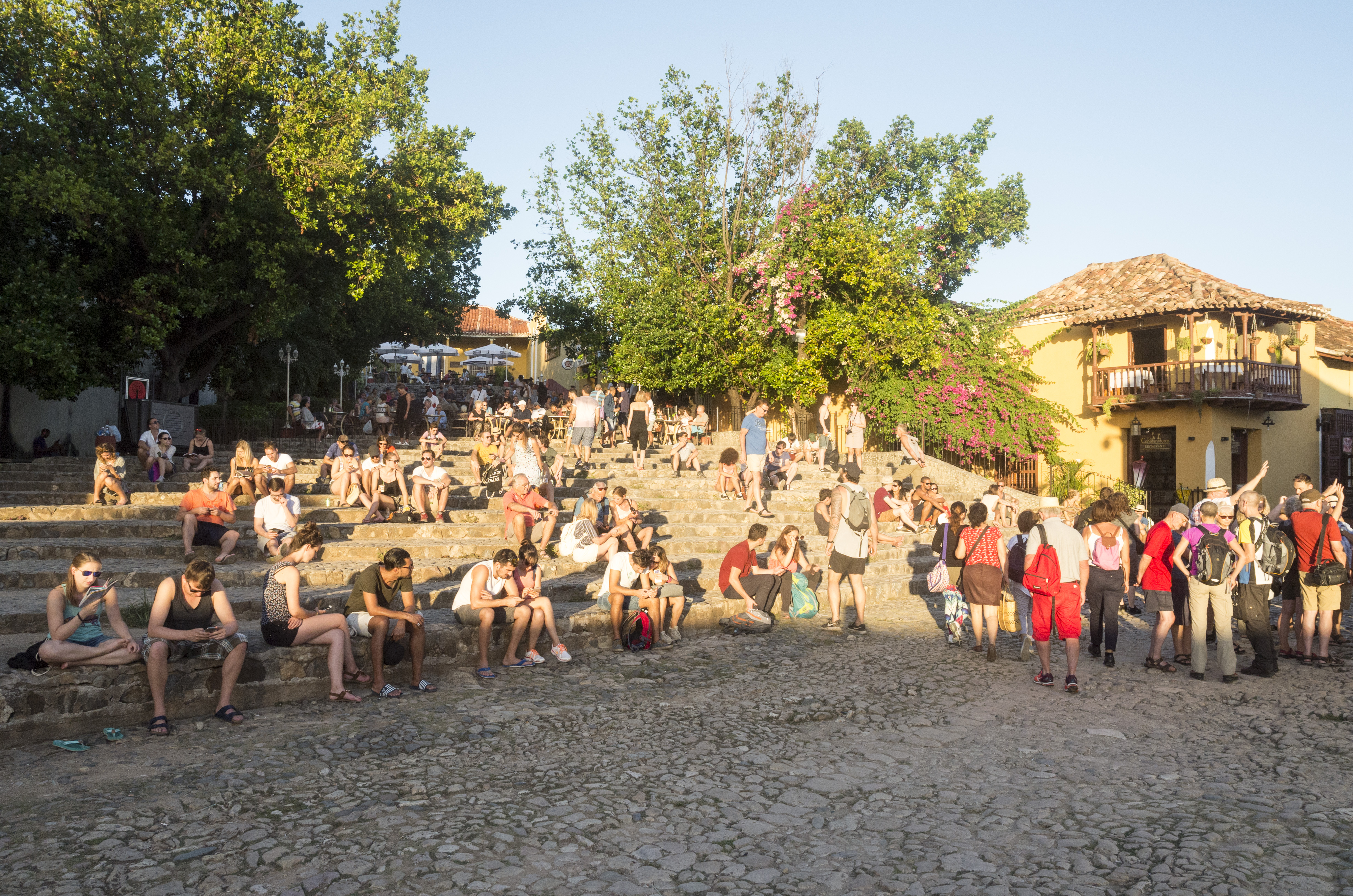
Leave a Reply